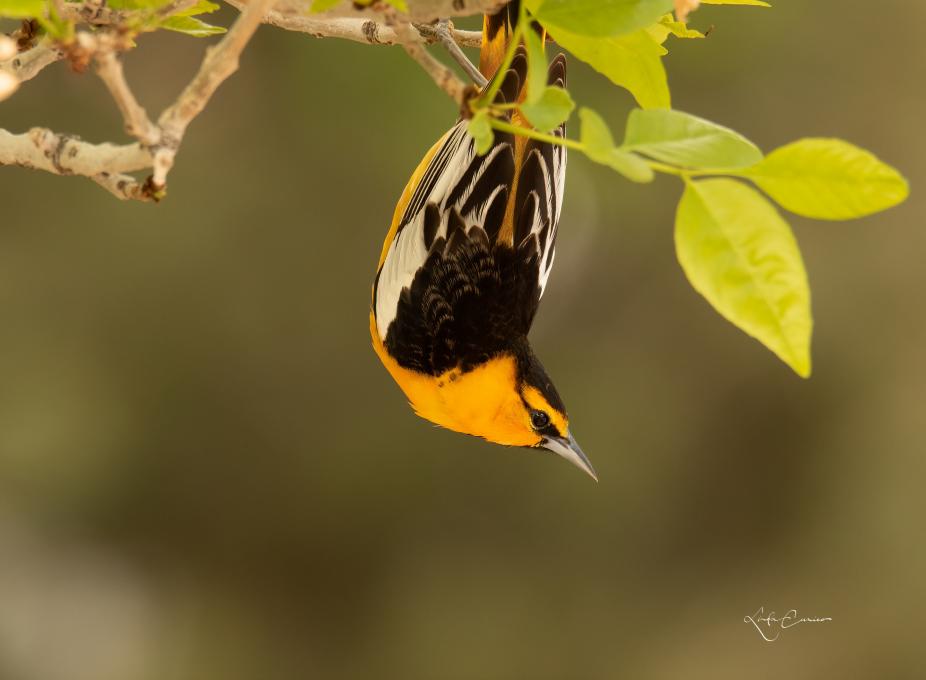The Cornell Lab Bird Academy › Discussion Groups › Bird Photography with Melissa Groo › Practice Gaining an Audience with Birds
-

-
 outback I have been observing the woodpeckers that have been arriving at my suet feeder or near the tree next to it that has been dying over the years leaving dead branches which has been a good source of food in the dead wood. also near the suet feeder I have a black oil sunflower feeder that attracts many other birds such as chickadees, nuthatches, 1 Carolina wren, downy woodpeckers, harry woodpecker and a family of pileated woodpeckers, juncos and titmice along with crows and blue jays.
outback I have been observing the woodpeckers that have been arriving at my suet feeder or near the tree next to it that has been dying over the years leaving dead branches which has been a good source of food in the dead wood. also near the suet feeder I have a black oil sunflower feeder that attracts many other birds such as chickadees, nuthatches, 1 Carolina wren, downy woodpeckers, harry woodpecker and a family of pileated woodpeckers, juncos and titmice along with crows and blue jays. -
Just outside our dining room, we have set up the birds' dining area. Hanging from an ornamental pear (yeah, garbage invasive, I know-- but too big and too important to remove now) we have a Nyjer tube, a seed tube and two different suet cages. One suet cage hangs at 5 feet level and another is on a short ground stake near the azaleas along the house. Different birds seem to prefer each location. Just two days ago, I had 9 species taking turns: red bellied woodpecker, downy woodpecker, Carolina wren, black capped chickadee, house finch, gold finch, house sparrow, white throated sparrow, and mourning doves. Each has its own place in the pecking order (literally) and its own location. Heck, they even get along with the squirrels who hang out. On other days, we also get cardinals, starlings, grackles, juncos, nuthatches and titmice (?).

-



-
Ian - these are not birds I see in southern California. Can you identify them for us? Dana
-
-
 Sometimes birds unexpectedly come to you. I was on a camping trip in Northern Minnesota and this Northern Parula decided he had an invader in his territory. I had never heard of this warbler before and it was not listed in my old birding guide. Saved by the internet where I found it. I still have a lot to learn.
Sometimes birds unexpectedly come to you. I was on a camping trip in Northern Minnesota and this Northern Parula decided he had an invader in his territory. I had never heard of this warbler before and it was not listed in my old birding guide. Saved by the internet where I found it. I still have a lot to learn. -
Perfect timing and angle for his double portrait in the mirror. That's a day's reward in itself.
-
-
I had heard there were crested caracara in a particular area so I drove to it and waited in my car, my sit spot! I drove to an area nearby and sat. Maybe it was my third stop, I saw a bird fly overhead. Never having seen this bird except in the field guide, I thought for sure this is a crested caracara! I took some photos. Then I tried to anticipate where the birds may be headed. A half hour later I discovered the birds. The same birds? I do not know but I was able from my car to take the photo.


-
"Patience" often prevents me from enjoying nature and birds. So this section really resonated with me. While visiting Monte Vista National Wildlife, CO, I decided to sit and listen. And this was my reward, a pied-billed grebe and chick. In the weeks and months ahead, I'm going to continue to carve out some quiet time during my hikes and walks and drives.

-
Great shot! I love how you were able to catch their reflections in the water.
-
I love your photo of the grebe and never saw one with a chick! Nice photo!
-
-
Yesterday, I set aside lots of time to complete Melissa's assignment and it was well worth the time and effort ... in fact, it made for a better birding an photographic experience for me ! I sat out on our elevated back deck for 43 minutes and just sat still and observed the happenings. A few birds flew through (Northern Cardinals, Red-breasted Thrush, and Blue Jay). The first 10 minutes where torturous, but I practiced patience and soon began to hear more calls and observed more movements of birds. I observe that there are two particular large, conifer trees and one lower bush that are on edges of our yard, that the birds preferred to perch in. I think both of these locations gave the birds a concealed location where they could watch the yard for predators and other pals. I noticed that all of the birds, while perched, continually looked right and left and up and down to be prepared for anything that might attack them. I know where to place my feeders now for better photos !

I then drove to Parker River MRA and went out to Sandy Point, a HUGE, wonderful beach area where even on a cold day, many people were out just sitting in chairs enjoying the beach. Gulls were the main attraction along with a flock of Horned Larks. I took my time, moving slowly and angling away and around the Gulls, and for the most part they were cooperative and I was able to get closer to them today. The Horned Larks were much more skittish and getting close was not an option, as they would fly off when I was still far away. I mimicked what I observed Melissa do when she photographed the Piping Plovers on the New Jersey Shore. The Horned Larks were foraging in a short, green grass area about 30 yards above the outgoing shoreline. The sun was behind the shore and lighting up the grassy area the Larks were in. So I lay prone with my camera and waited quietly. Within 15 minutes several of the Larks foraged towards me and I was able to take my time and capture several dozen photographs, from a respectful distance. Canon 1.4x Tele Converter on a Canon 150- 500 mm lens.

-
Love your close-ups and reinforces for me the advantage at certain times in using a teleconverter!
-
-
 Great Blue Heron. Nikon D500 Nikkor F5.6 200-500 mm lens. F5.6 500mm ISO280 Taken in area where birds are used to lots of human traffic
Great Blue Heron. Nikon D500 Nikkor F5.6 200-500 mm lens. F5.6 500mm ISO280 Taken in area where birds are used to lots of human traffic -
I just bought this camera Nikon D500 and cannot wait for it to arrive; I hope you have enjoyed using it. I am graduating from a Nikon D5300 which I love. Great blue herons are beautiful birds to see!
-
-
 I went into-my local woods to approach the birds respectfully, There was not that much activity in the woods but there was but there was a plethora of activity by the lake, I Found this beautiful hermit thrush eating berries in the shrubs, and it let me get very close!
I went into-my local woods to approach the birds respectfully, There was not that much activity in the woods but there was but there was a plethora of activity by the lake, I Found this beautiful hermit thrush eating berries in the shrubs, and it let me get very close! -
This course was very helpful in many ways, but the most valuable aspect for me was making a commitment to a sit spot. On June 20 I discovered a Red-throated Loon nest on a tundra pond next to a lane where I could park my car. I returned to the spot every few days, always parking in the exact same place, to observe and photograph the birds from incubation, to hatch of a single chick, through to fledging on Aug. 31. The birds initially were wary of my arrival, but very quickly learned the sound of my car and soon didn’t react at all when I pulled up to my sit spot. I never got out of the car or did anything to alarm them and soon they were carrying out their fascinating lives without worries right in front of my lens and eyes. It was the best part of my summer!



-
How precious. Were you using a telescopic lens? If so, what was the mm? I'm in the market for one.
Taylor Mcglynn -
@Taylor Thanks Taylor. These photos were some of the first I took with my big covid-splurge, a Canon 600 mm lens. It’s as awesome as I’d hoped for getting up close and personal to birds without disturbing them. While photographing this loon family, I also often used a 100-400 zoom which worked well in this situation too, especially when the birds were very active since the smaller lens was more maneuverable in the confines of the car.
-
Wow! All your photos captured precious moments with those birds. I have never seen that loon so it was an extra bonus seeing your photos.
-
@Mary Thanks Mary. Yes, these were indeed very special moments that were a real privilege to witness! I’m so glad you enjoyed the photos.
-
These are amazing photos and you should be very proud of them!
-
@Deborah Thank you Deborah. I’m pleased with the photos and even happier with the memories and lessons learned hanging out with this loon family. It was such a happy/sad day when Jr fledged and they left me with empty pond syndrome!
-
These shots are wonderful, from the mom and baby, to the bird stretching its wings, and the two facing opposite each other in nearly the same pose. I've never seen this species but it is gorgeous.
-
-



I photographed these birds in a tree in NY. I love to wait in trees and watch for any type of bird. I am not sure what kinds these birds are and would like some help identifying. I stayed in the tree for about an hour, and then started to walk a local marsh trail.l I got the shots that i wanted. I also found a downey woodpecker nest! I always kept in mind that I should not disrupt the birds and turned out great! I learned A lot about patience and how important it is when coming to bird photography. -
I was out walking and birding in a local regional park that is considered a birding hotspot; however, I was having a ho-hum experience. Just the usuals for this time of year: Canada Geese, American Coots, House Finches, Lesser Goldfinches, etc. Nothing new—just birds I’d photographed a million times. But when I was least expecting it, out by a sand volleyball court, horseshoe pits, and a baseball diamond, I spied a flash of red: A Vermilion Flycatcher! I’d been looking for this bird for weeks, and there he was, perched on a picnic table. I fired off some distant shots but was determined to get closer; however, each time I did, he moved away. In my excitement, I had forgotten to approach slowly, wait until head was down, etc. He clearly didn’t want me around! When I had calmed down, I sat down in the grass and waited. And waited. And then the magic happened. This beautiful bird, rare in my area, flew right toward me and landed about 15 feet away. I was able to get some reasonable shots up close. The light was too harsh, but I got the shots and learned a good lesson in the value of patience.
 of patience!
of patience! -
I sat watching the feeders at a local nature preserve. There were plenty of birds, but I think the highlights were the squirrels. They had little fear of me and would pose for photos. The birds were much more skiddish, which may or may not have had to do with the Cooper's Hawk circling above.
-
This was in March of 2020. Was sitting in my car for an hour or more during a cold, rainy & blustery day watching a pair of kestrel falcons off in the distance feeding and sitting on a wire. After an hour, with my window down and protecting my camera from the elements, I was shocked to see the male fly down to where the female was sitting and then the rest is history. I have never witnessed this and it was a capture I won't forget. It shows what patience and keeping a safe and fairly secluded distance away can provide.

-
This is an amazing image. Thanks for sharing.
-
@Laurie Fantastic shot. I have often tried to get closer to Kestrel's and typically they fly away... now I know ..sit and wait is a better strategy.
-
What a moment to capture! Great!
-
"It shows what patience and keeping a safe and fairly secluded distance away can provide."
That's what he said! (Sorry, too easy)
-
-
I have a few sit-spots I've been checking out this last month - one is on a forest edge/cliff top near where I know Kingfishers live, in sitting and waiting I've had hummingbirds, warblers, flycatchers, chickadees and nuthatches come by. The other spot is a forest/meadow edge which is busy with cardinals, nuthatches, warblers, and last time a suprise visit of an ovenbird and family of young turkeys who wandered by. I love being able to sit and see which birds happen to come by - my favourite moment is when a wild hummingbird just hovers at face height.
-
I went to an urban lily pool near me and sat on the stone ledge for 30 minutes in one place. A few juvenile ducks wandered through the lilies, coming closer to me over time. At one point, a wood duck rose up, wings spread, when he realized he was only a few feet from me. Otherwise, it was a peaceful time together. I moved around the pool to its other side, and a scruffy juvenile mallard approached me, at one point so close I could not focus my camera. He even walked right behind me, less than a foot away. I would like to think it was my calm presence that made him feel welcome, but more likely is that at a young age he is already habituated. I enjoyed the closeness and that he purposely came near to me. In this spot, I also observed a green heron for a long while, hoping to see him fish, but he did not while I was there. I enjoyed watching the green heron sitting still and attentive for long periods of time, moving only slowly, as that was also what I was practicing!



-
I decided to try to sit on a spot for 3o minutes, staying quiet and without moving. I am a calm person, however it was difficult for me to stay motionless for so long. I visited a coniferous forest, sat on the ground and waited.

After a few minutes I could clearly hear a woodpecker knocking, an acorn woodpecker I suppose. However there were so many trees that it took me a while to find it on one of the trees! I took several pictures, I was using a Canon with a 500 mm lens and shooting manual. My pics are not so good, the bird was a bit far away up on the tree trunk, and was showing his back to me. I realized that it might convenient to buy an extender and learn how to shoot using properly the camera. I must keep an eye (and ear) for more spots to look for birds and remain quiet there for a while. Suggestions and comments are welcome! -
Well, I have been spending a lot of time in my Virology Lab and had less time for photography. However, I followed the tips and essential field techniques. I also tried to begin from my home where I tried to photograph only sparrows. Another location was a pond a bit close to my home where I photographed ducks. Suggestions and comments are welcome!
Thanks, Sidd


-
Do you know what the blue bird is? Thanks, Taylor
-
I like that you used black and white for the second pic. It makes the texture of the water especially noticeable and interesting. Very Nice!
Also, what is the first bird? We don't have those where I live.
-
-
I found two "sit spot" at Presque Isle State Park. This is a Park in Erie, Pennsylvania along the shores of Lake Erie. One of my sit spots was along a wooded area along a road leading to a Boat Launch to the Lake. I have been up and down this road many times but this time I sat and listened and watched for bird activity. I happened to see a Red-headed Woodpecker and then I saw a second Red-headed Woodpecker. They were very active and I was able to get a couple of pictures of the Red-headed Woodpeckers. I also could hear various bird calls and used my App on my phone to identify which was the call of the Red-headed Woodpecker. For the number of times I have been down this road, this was the first time I have ever had the opportunity to see and observe a Red-headed Woodpecker. A first for me. I then went to area I go to where there is a wildflower field and some berry trees. I go there many times and watch the birds as they eat from the berry trees. I was able to get pictures of an American Robin at this sit spot. Then, when I got home my Mourning Dove was at my feeder. It was at it's usual perch looking over available seed and after making it's observations, it flew down to an area on the ground to eat the seed it had eyed from it's perch. I have included pictures of the Red-headed Woodpecker, and American Robin with this discussion.



-
I live within 5 minutes of a secluded cemetary that has two ponds. The photos of the cormorants and the green heron were taken while sitting in my car while parked at the edge of the road.


-
Wow! Grear shot of the heron!
-
-
One of my favorite blinds is my house. I’m able to open the door that leads onto the deck which is near a really old dogwood tree. The photos of the mourning dove and blue jay were taken from the doorway as the birds sat in the tree. For the hawk photo, I had to creep out onto the deck and hid behind the empty flower boxes on the rail. The hawk definitely noticed my presence but stayed for awhile so I was able to grab some photos of him and his breakfast.



-
As a relatively new birder, armed with my new camera, I went to my favorite spot from spring migration. I live on a barrier island, Dauphin Island, Al. This is the first spot of land for many S. & Central American migrants in the spring. This was my first year looking for warblers and the island was hoppin. I was shocked that at times, the trees looked like Christmas trees dotted with colorful Christmas ornaments. Spring was amazing. But today, I learned a very important lesson...spring and July are two totally different animals in South Alabama. I set up my chair and coffee early, as I learned in previous lessons, and waited....and waited. The only things flying were the mosquitos. When I finally did see something, it was behind me, which of course was into the upcoming sunrise. I learned some very important lessons, all getting me closer to becoming a better birder and photographer. 😃 The first picture is my, lets say “artsy” picture, taken into the sun, which was behind me at my “sit spot.” The second picture of the prothonotary warbler was also taken at the same spot, but it was taken during spring migration. We have a spot called “the drip” to provide a spot for warblers to perch and have a drink. It’s the perfect spot for bird viewing right in the middle of a place we call The Shell Mound, a prehistoric Native Indian site. Just wanted you all to see the type of pic I was hoping to take today. 🤣
After an hour, I decided to try for shorebirds/seabirds and moved my “sit spot” to the bay-side of the island. Post to follow.

-
I love your warbler photo. I have yet to see one. It will happen one day....
-
The warbler pic is a lovely moody picture, really giving the viewer a feel of early morning and the specialness of the moment.
-
-
The last two months most of the parks I frequent were closed so I started visiting a small marsh near my house. It is very hard to approach from the road so I got there early onr morning with a portable stool and a camo sheet over me.
I also spent time sitting on my deck/patio watching the birds that frequent my yard. These are the results.


-
Love your pictures!
-
Wonderful images!
-
@Susan E. Great shots..especially the warbler in flight..not easy to get a warbler in flight that sharp
-
-

 Since the corona virus has kept me and my husband homebound, I made sit spots in my yard. On my backyard patio, I figured a large, plump cushioned patio chair would make a decent blind, with me crouched in a second chair behind it! It worked, as shy Western Tanagers, skittish Bullock's Orioles & cautious Black-headed Grosbeaks -bird species I'd NEVER SEEN BEFORE- didn't seem to notice me there, while bracing my 600mm Tamron lens on the top of the "blind" chair. I discovered all three species in my backyard Ash trees for the first time EVER, in mid-March, so I decided to put up a Oriole jelly feeder. I am elated to say that two different pairs of Bullock's Orioles decided to nest in the Ash, & I make sure their jelly feeder is always full. I now have fledglings, yellow balls of fluff, from one couple, still waiting for arrival of second nestlings, any day now. I learned feeders have made a huge difference getting birds near perches in my trees.
Since the corona virus has kept me and my husband homebound, I made sit spots in my yard. On my backyard patio, I figured a large, plump cushioned patio chair would make a decent blind, with me crouched in a second chair behind it! It worked, as shy Western Tanagers, skittish Bullock's Orioles & cautious Black-headed Grosbeaks -bird species I'd NEVER SEEN BEFORE- didn't seem to notice me there, while bracing my 600mm Tamron lens on the top of the "blind" chair. I discovered all three species in my backyard Ash trees for the first time EVER, in mid-March, so I decided to put up a Oriole jelly feeder. I am elated to say that two different pairs of Bullock's Orioles decided to nest in the Ash, & I make sure their jelly feeder is always full. I now have fledglings, yellow balls of fluff, from one couple, still waiting for arrival of second nestlings, any day now. I learned feeders have made a huge difference getting birds near perches in my trees.
The shy Western Tanager in the photo below stayed a week, thankfully!
Lastly, my favorite subjects, Scaled Quail. In this photo, a very young chick is scanning the sky for predators, in between drinks of water. This is one of many fascinating behaviors I've observed daily, how fast they depend & learn from their extremely protective & loving parents. I have to practice being very quiet, play "Red Light Green Light" all the time, staying low/eye level to the ground. I crouch, sandwiched between a wheel barrel & a very large pot of flowers as a blind in my front yard. I learned an important lesson from Melissa to not approach birds straight on, so now I practice moving in angled zig-zag motions, when I follow them into the prairies for environmental photos, as they go about their daily lives. The weeds are so tall though, the chicks are hidden.
-
Great pics and what a wonderful variety of birds in your yard!
-
@Lucy Thanks Lucy, makes me happy that you like my photos, and share the joy :). Just looking out my windows, I see two Canyon Towhees, found in the southeastern part of Colorado according to e-Bird phone app. But on my Audubon I-phone app, it shows that their range is NOT in my area!
Also, I'm seeing two Curve-billed Thrashers; this species has been my backyard resident for at least ten years. In my Merlin eBird ID mobile phone app, it's map shows the Curve-billed Thrasher located ONLY in a MINUSCULE TIP of SOUTHEASTERN COLORADO. According to Audubon, they show he's found in southeastern Colorado, BUT not extended in a large enough range to include where I live; they show them in an area concentrated FURTHER southeast. (I live 5.7 miles away from Lake Pueblo State Park. Last year I joined an Audubon birding group from Colorado Springs who utilize the same apps that I have used for about four years. Lots of reporting going on!) So I hope someday to see updated map range entries, that would help contribute to birding conservation efforts. -
Love your pics! Excellent shots. And those chicks — pretty gorgeous! I must think some more about bird feeders. I have plenty of bird baths but will have to investigate. And think of some 'blinds'. You are very resourceful with yours!
-
@Carole Many thanks Carole! Yes, water is extremely important for our birds, but as Melissa has taught & I have discovered is that bird feeders are invaluable way to enjoying birds! It's true that you will get to know individual bird behaviors just by observing your bird feeders, & really knowing their personalities is special beyond words! They have really become my pets. Before I hung this feeder in mid- March, I could only see Scaled Quail from a distance in the tall prairie grasses & weeds. Now they come to me! They visit my front yard all day long, from sun-up to sunset, thanks to my feeder! I love my Duncraft Absolute ll feeder-it has two spring-weighted perches to keep large birds, like pigeons, from eating me out of house and home when I was just throwing seed out to all birds under my piñon trees. This Duncraft brand feeder is an all-metal squirrel-proof feeder, although there are NO squirrels in the area where I live. When a large bird or squirrel steps on the perch, a metal shield drops down to shut off the seed supply. I enjoy watching birds from two separate perches on either side of this feeder. The metal overhanging roof protects my birds from sun, rain and snow. the roof also lifts up for easy refilling & cleaning. I have seen very smart Grackles figure out that by fluttering on an edge of the perch, they could hang on and get a couple of mouthfuls. They eventually give up, figuring it was no work just to find seeds on the ground underneath this feeder that the smaller birds scattered for them and many other ground feeders. Different birds like different feeders, just as we saw in Melissa's video.
Doesn't matter if your bird feeders are homemade or bought, just get some Carole, you won't regret it! -
@Linda I will! 😊😊😊
-
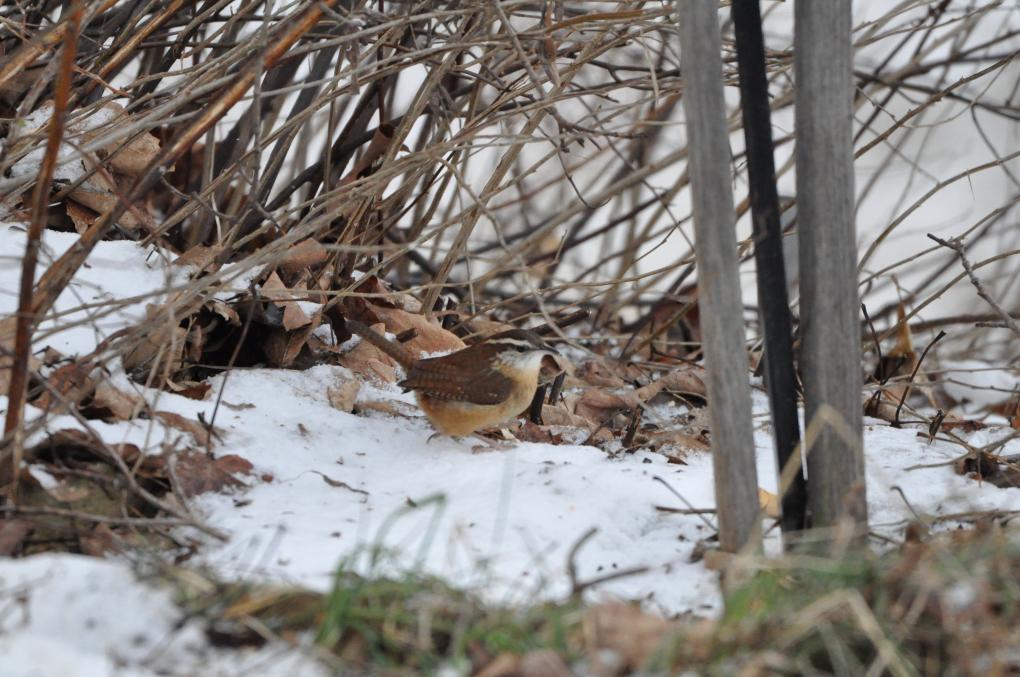
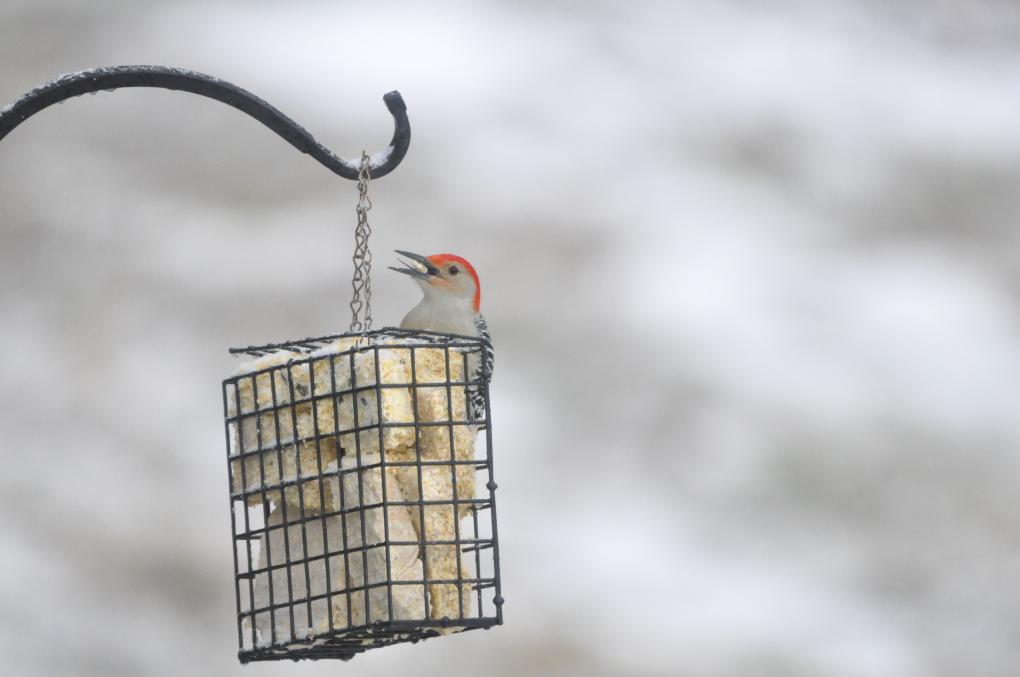 outback I have been observing the woodpeckers that have been arriving at my suet feeder or near the tree next to it that has been dying over the years leaving dead branches which has been a good source of food in the dead wood. also near the suet feeder I have a black oil sunflower feeder that attracts many other birds such as chickadees, nuthatches, 1 Carolina wren, downy woodpeckers, harry woodpecker and a family of pileated woodpeckers, juncos and titmice along with crows and blue jays.
outback I have been observing the woodpeckers that have been arriving at my suet feeder or near the tree next to it that has been dying over the years leaving dead branches which has been a good source of food in the dead wood. also near the suet feeder I have a black oil sunflower feeder that attracts many other birds such as chickadees, nuthatches, 1 Carolina wren, downy woodpeckers, harry woodpecker and a family of pileated woodpeckers, juncos and titmice along with crows and blue jays. 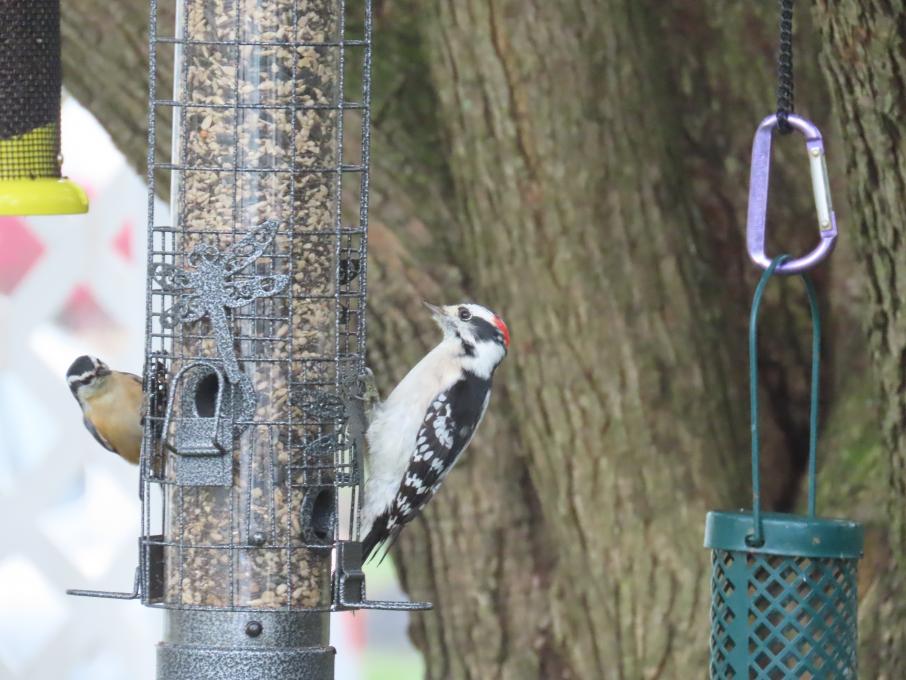
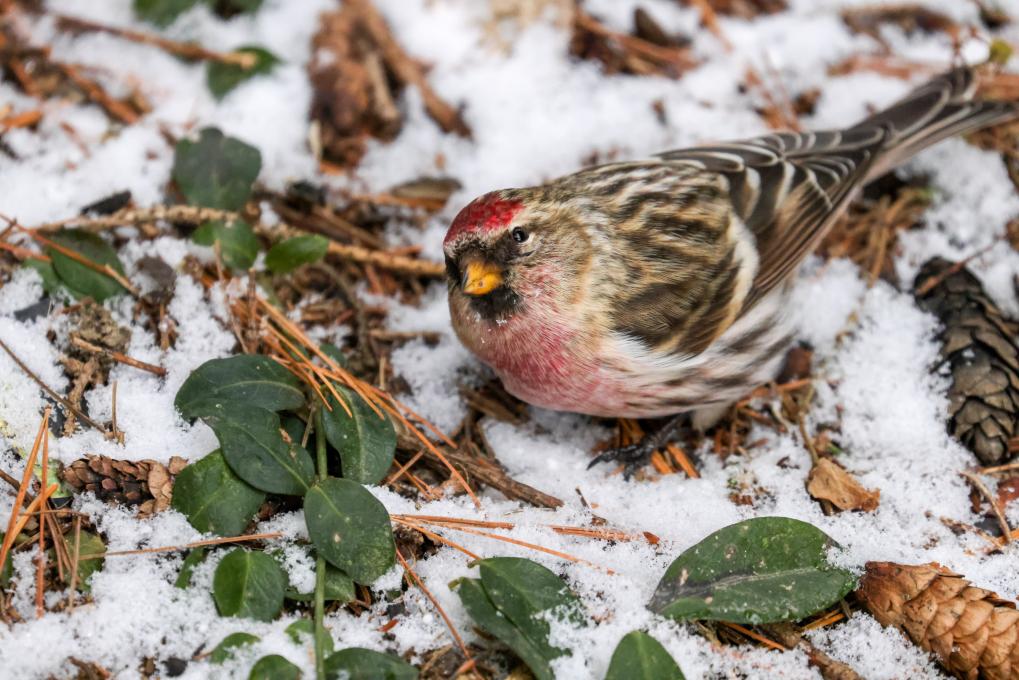
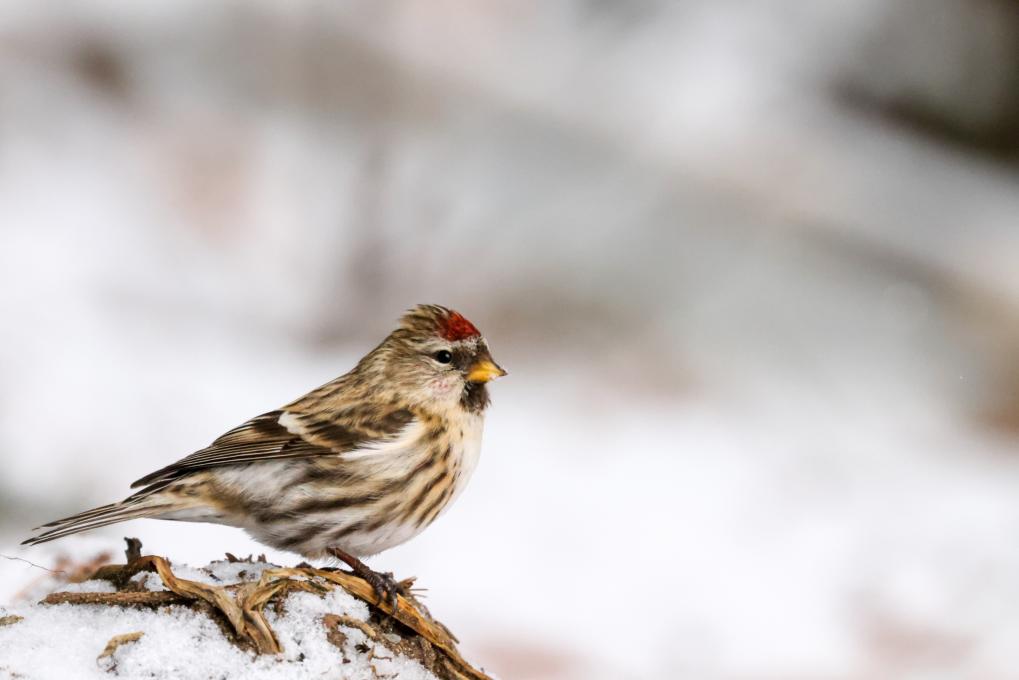
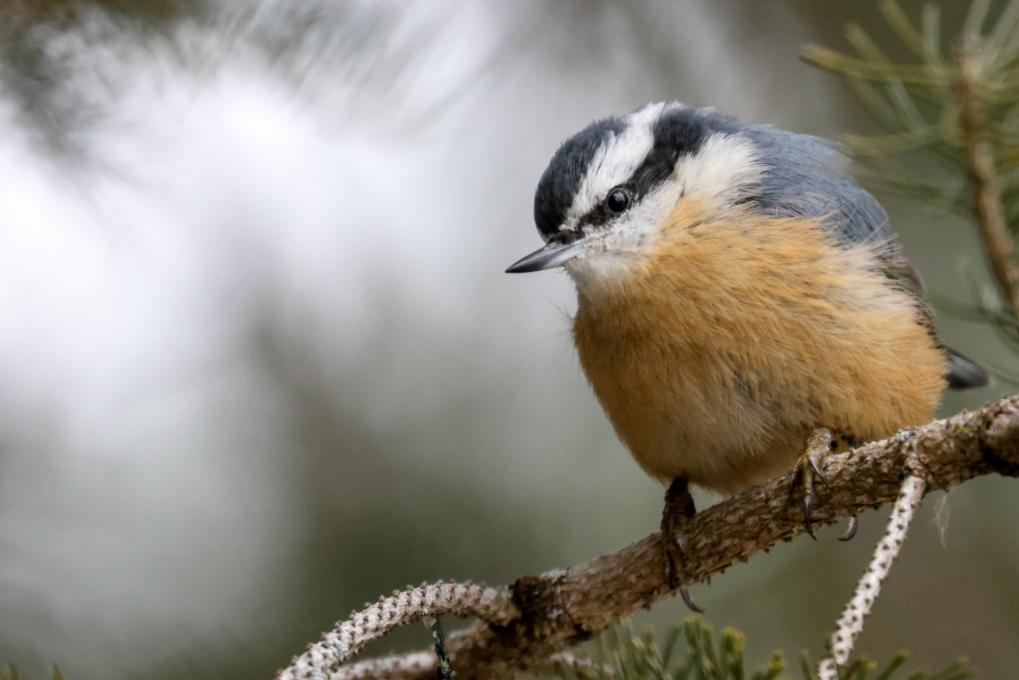
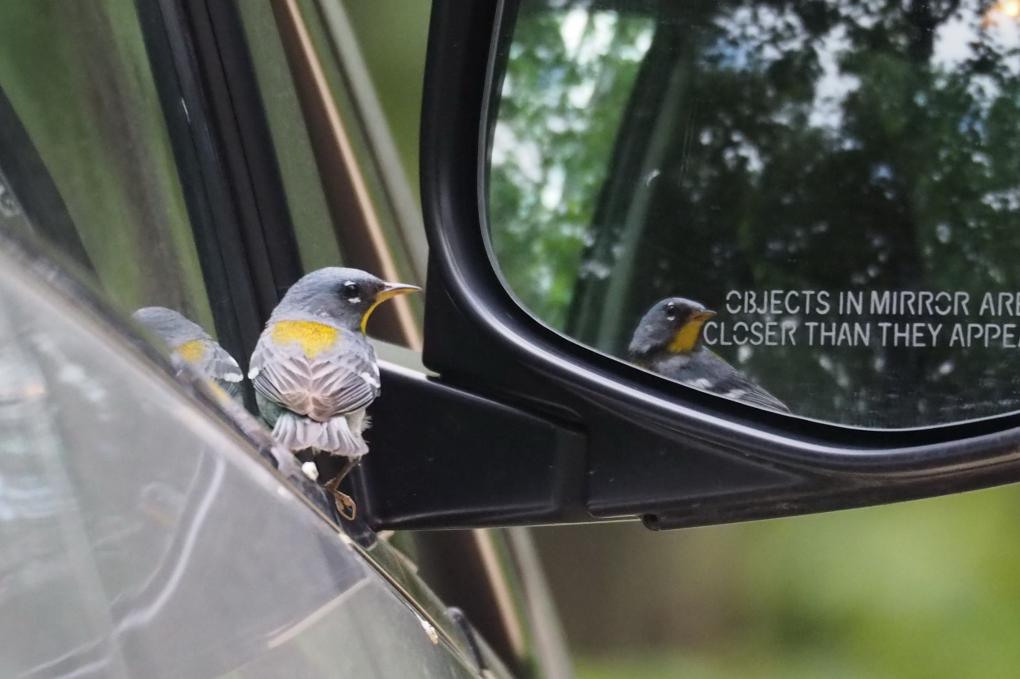 Sometimes birds unexpectedly come to you. I was on a camping trip in Northern Minnesota and this Northern Parula decided he had an invader in his territory. I had never heard of this warbler before and it was not listed in my old birding guide. Saved by the internet where I found it. I still have a lot to learn.
Sometimes birds unexpectedly come to you. I was on a camping trip in Northern Minnesota and this Northern Parula decided he had an invader in his territory. I had never heard of this warbler before and it was not listed in my old birding guide. Saved by the internet where I found it. I still have a lot to learn. 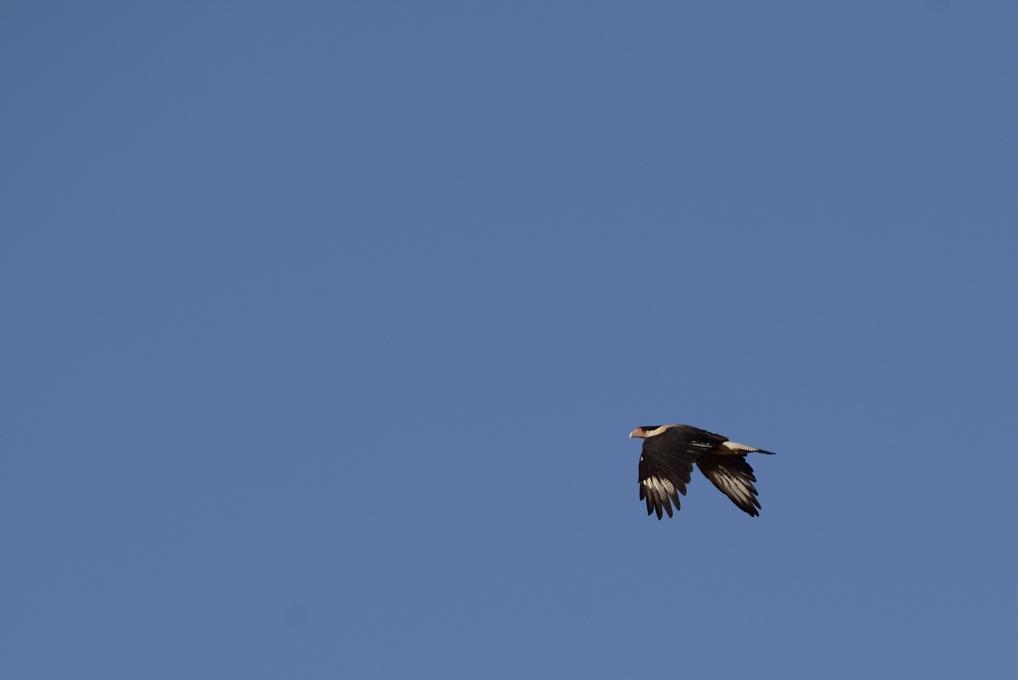
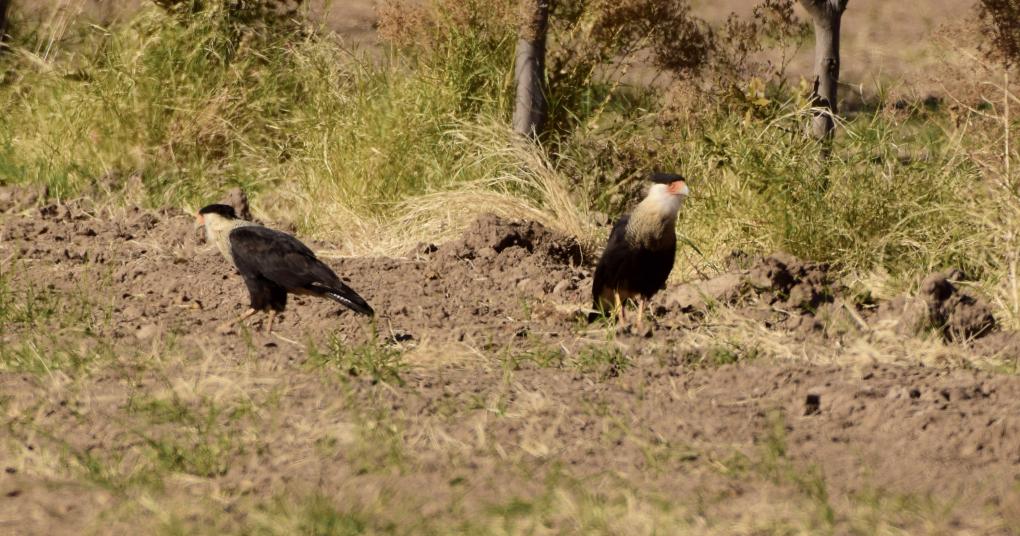
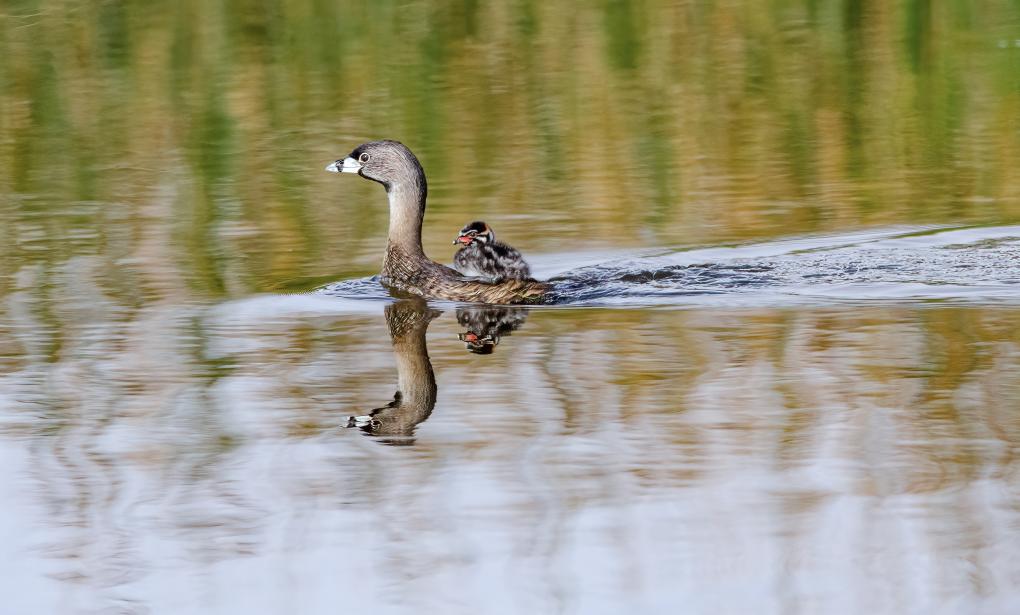
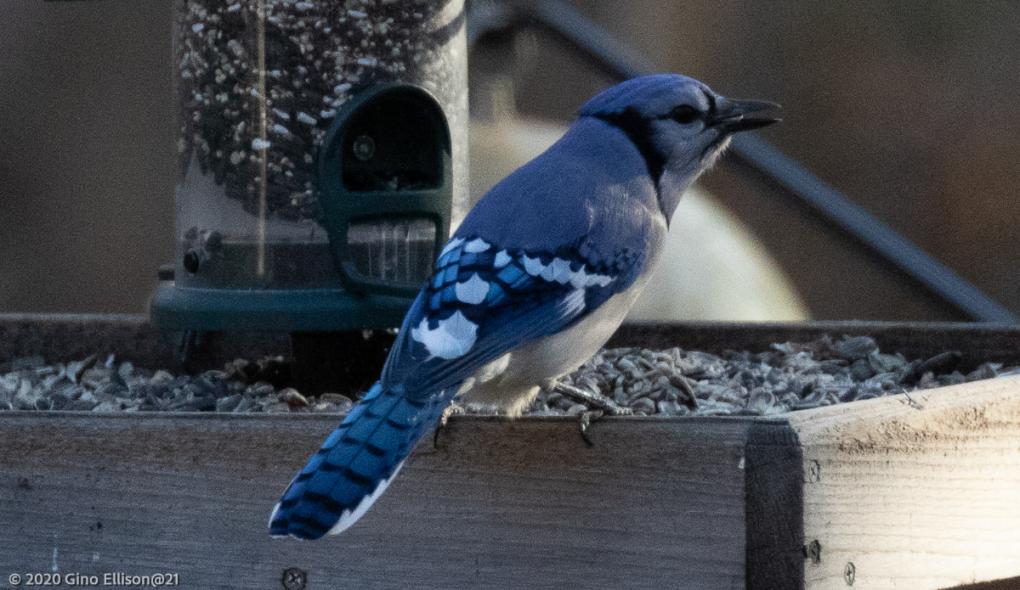
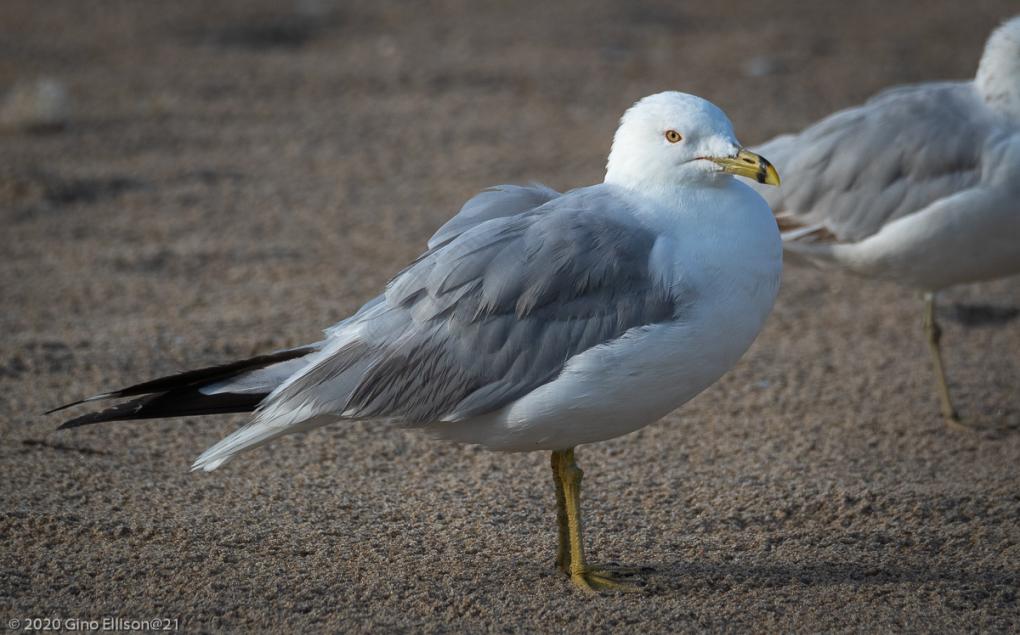
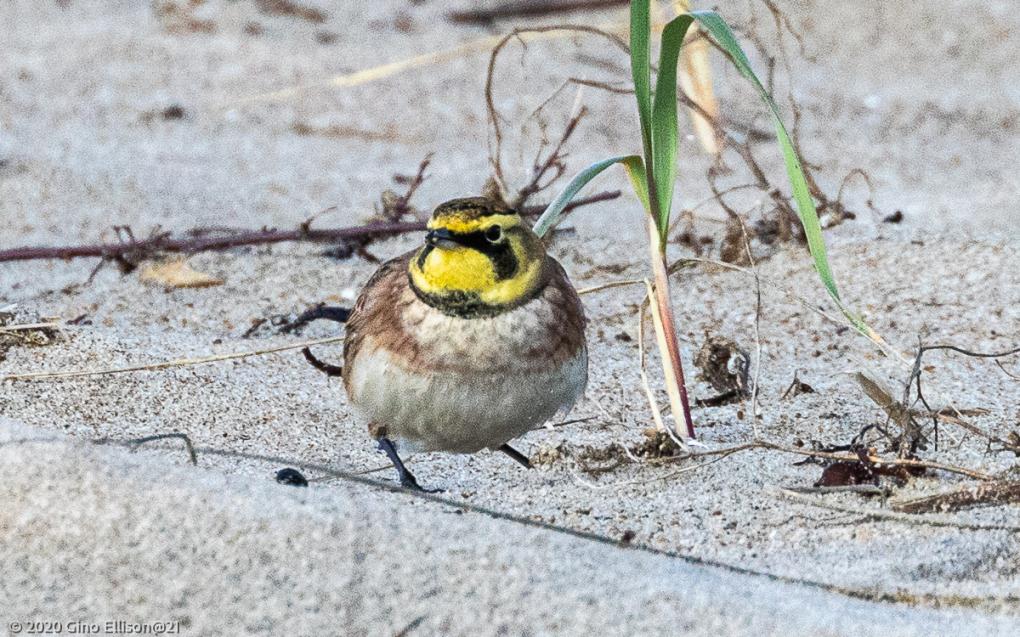
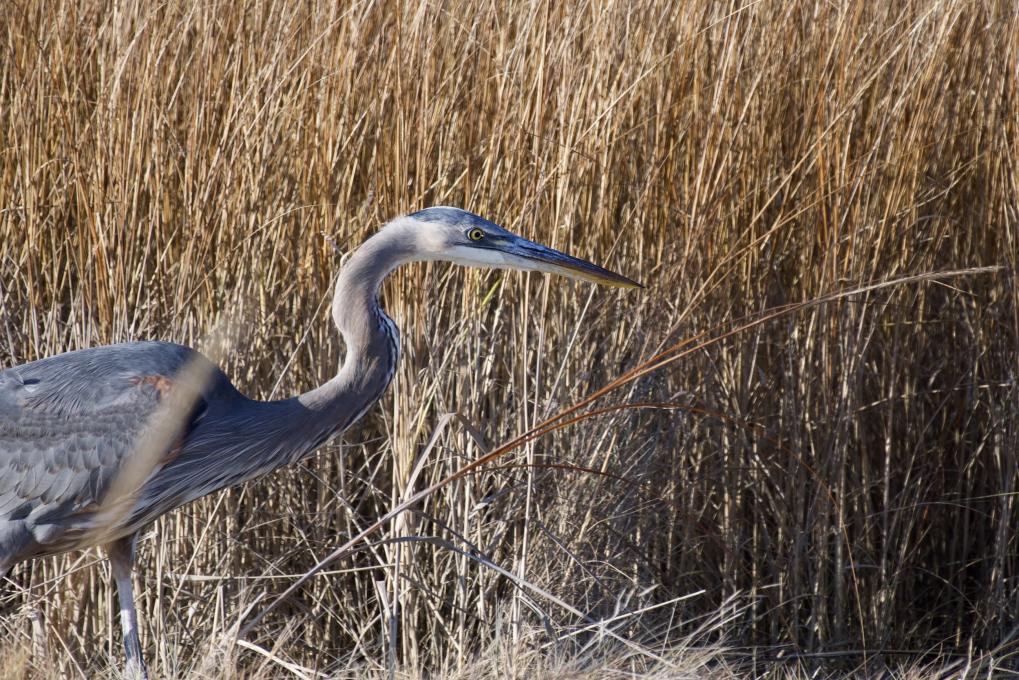 Great Blue Heron. Nikon D500 Nikkor F5.6 200-500 mm lens. F5.6 500mm ISO280 Taken in area where birds are used to lots of human traffic
Great Blue Heron. Nikon D500 Nikkor F5.6 200-500 mm lens. F5.6 500mm ISO280 Taken in area where birds are used to lots of human traffic 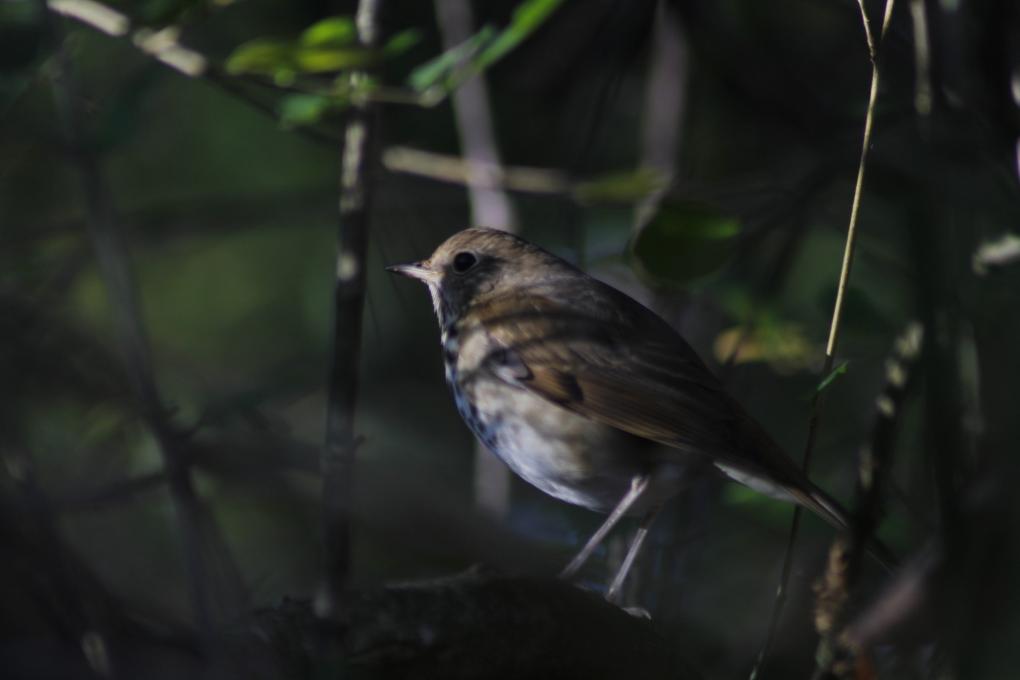 I went into-my local woods to approach the birds respectfully, There was not that much activity in the woods but there was but there was a plethora of activity by the lake, I Found this beautiful hermit thrush eating berries in the shrubs, and it let me get very close!
I went into-my local woods to approach the birds respectfully, There was not that much activity in the woods but there was but there was a plethora of activity by the lake, I Found this beautiful hermit thrush eating berries in the shrubs, and it let me get very close! 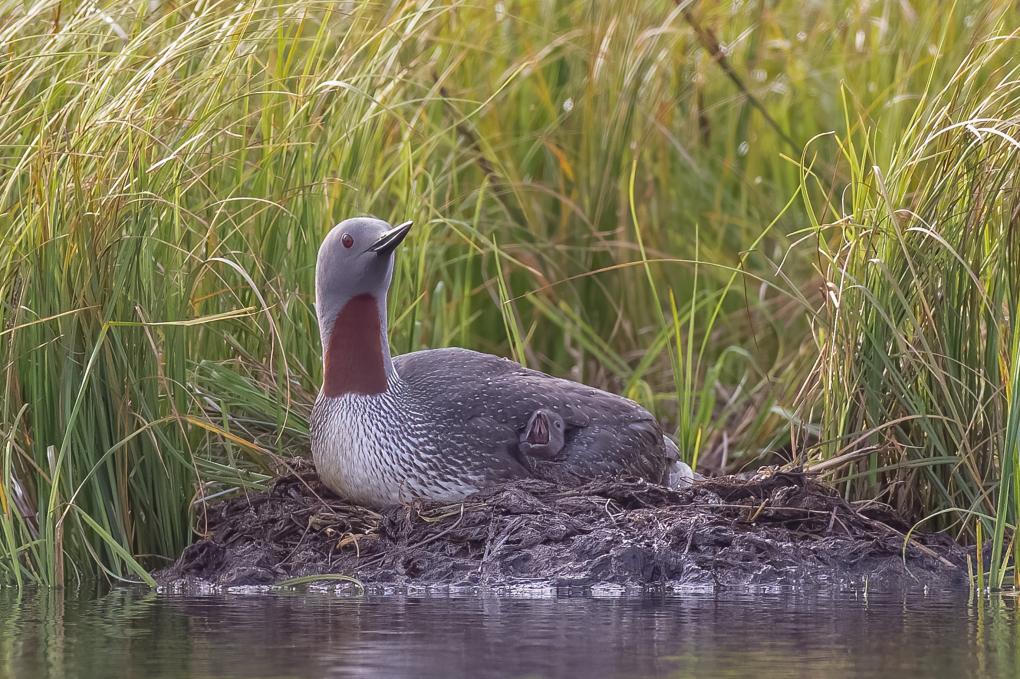
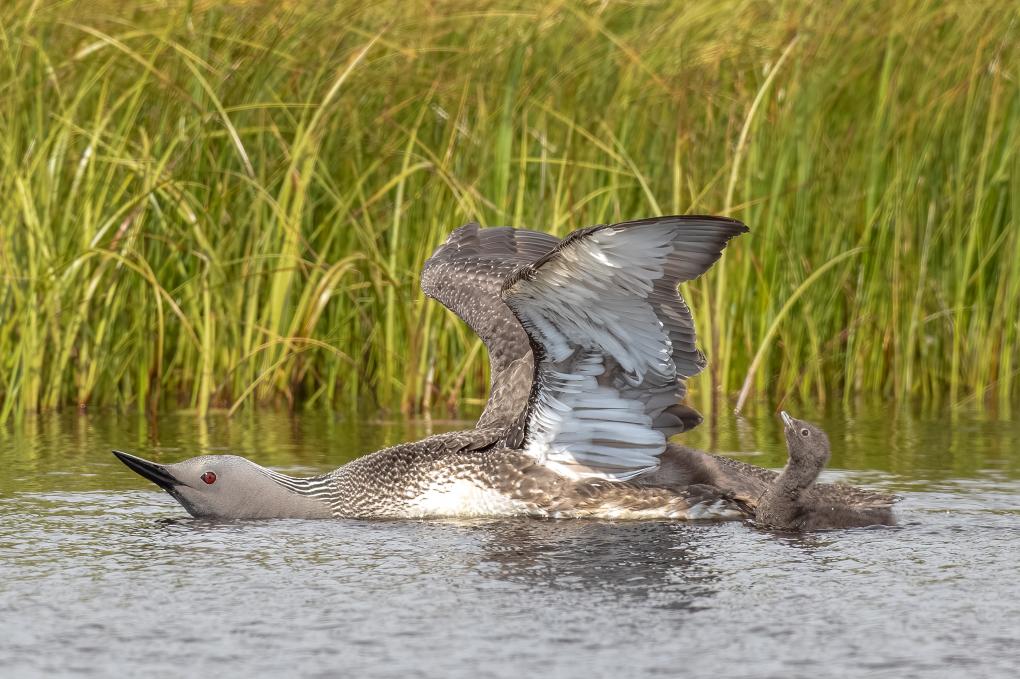
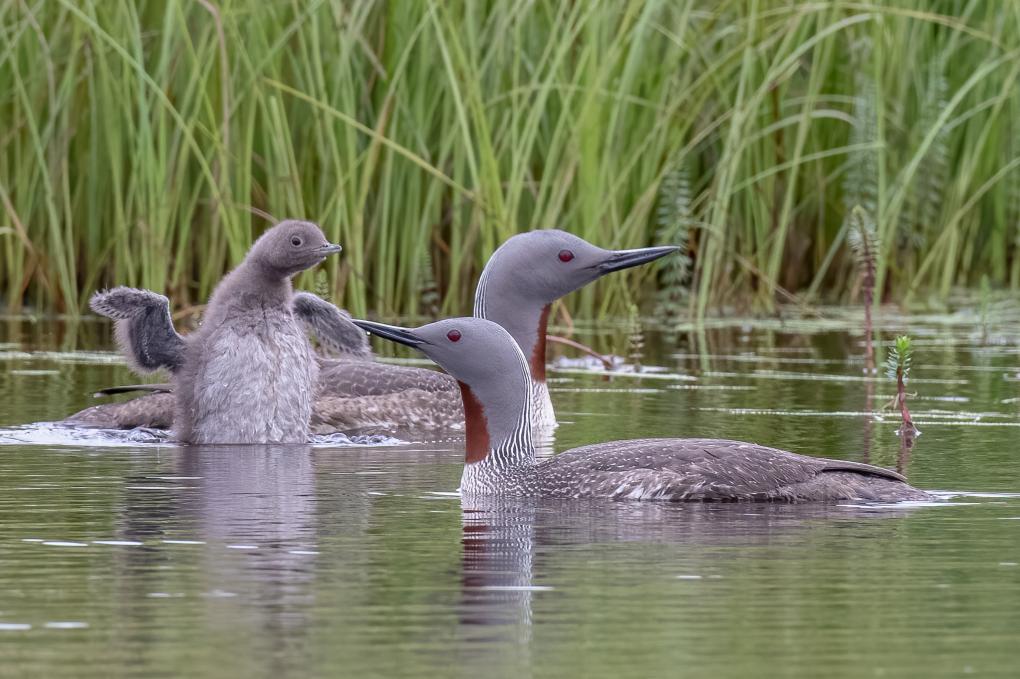
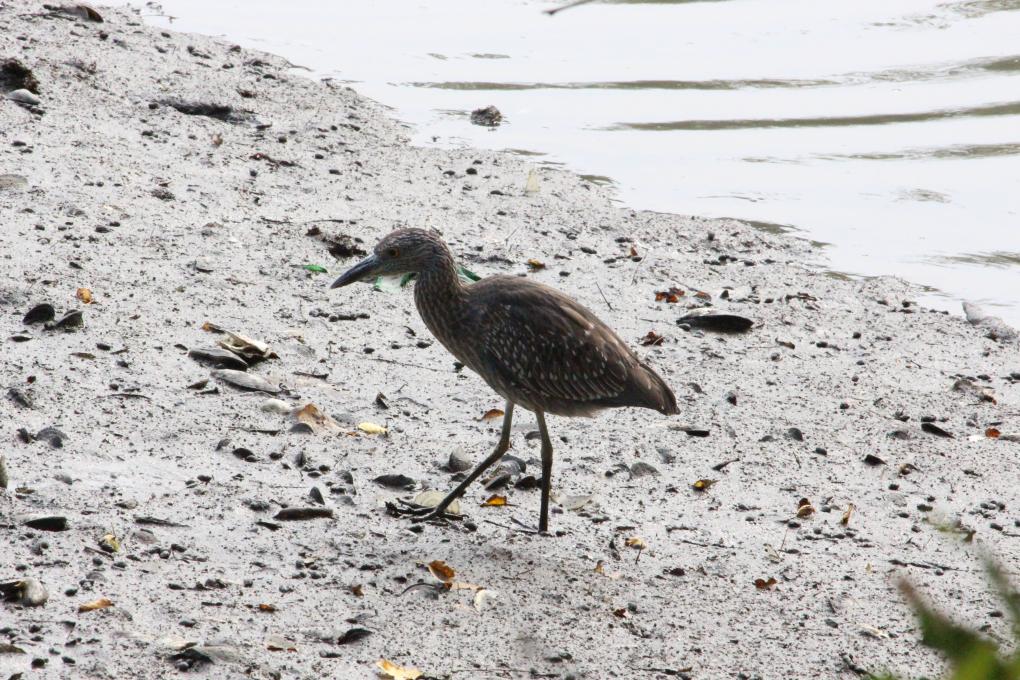
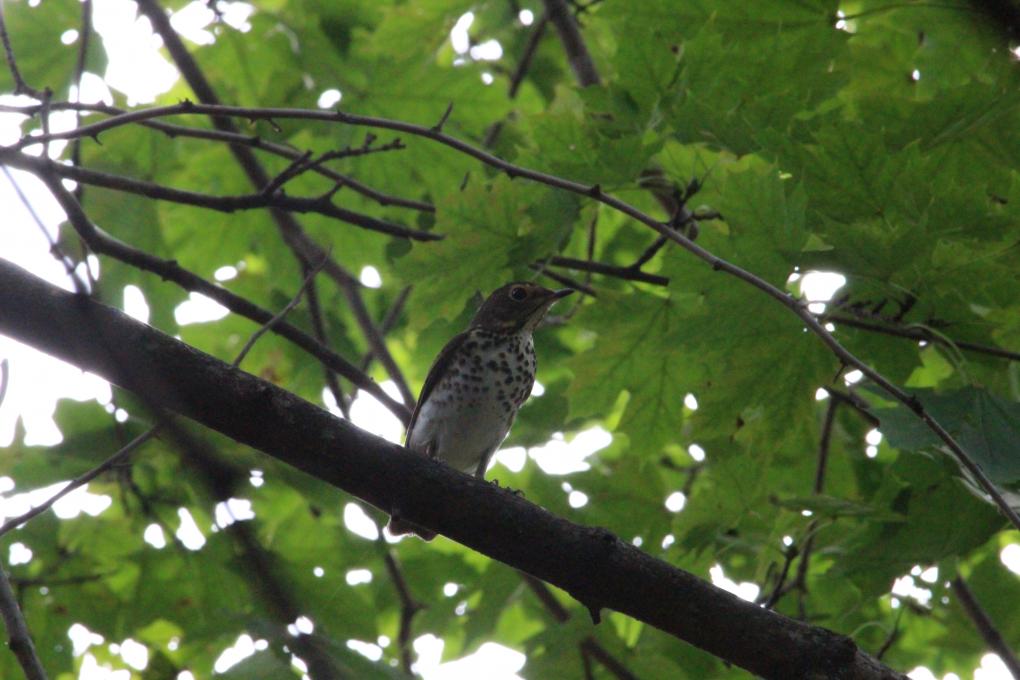
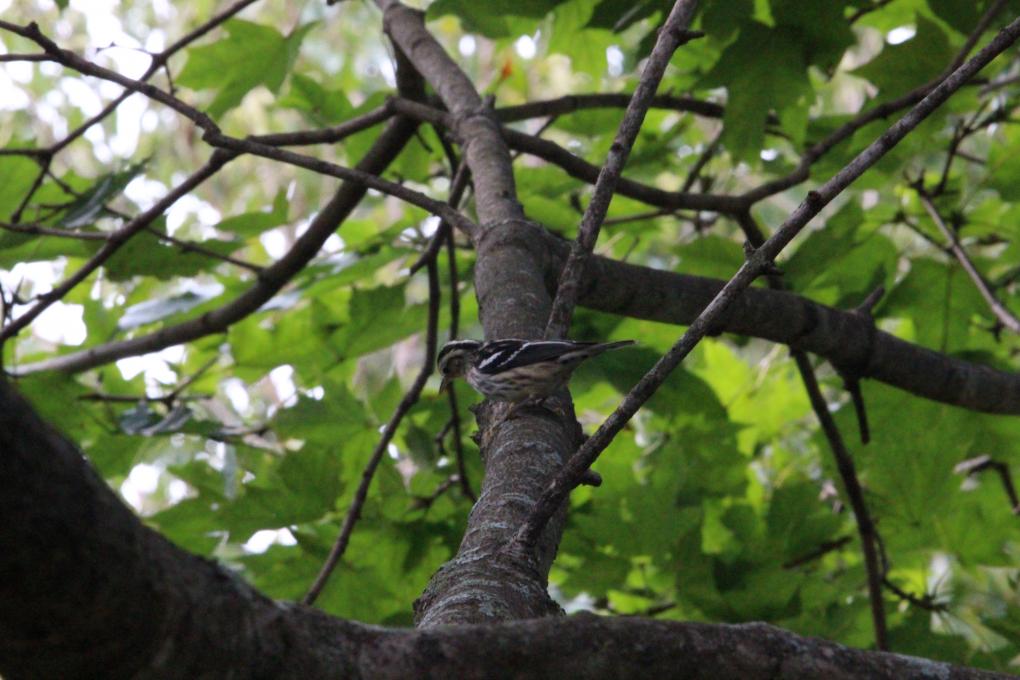
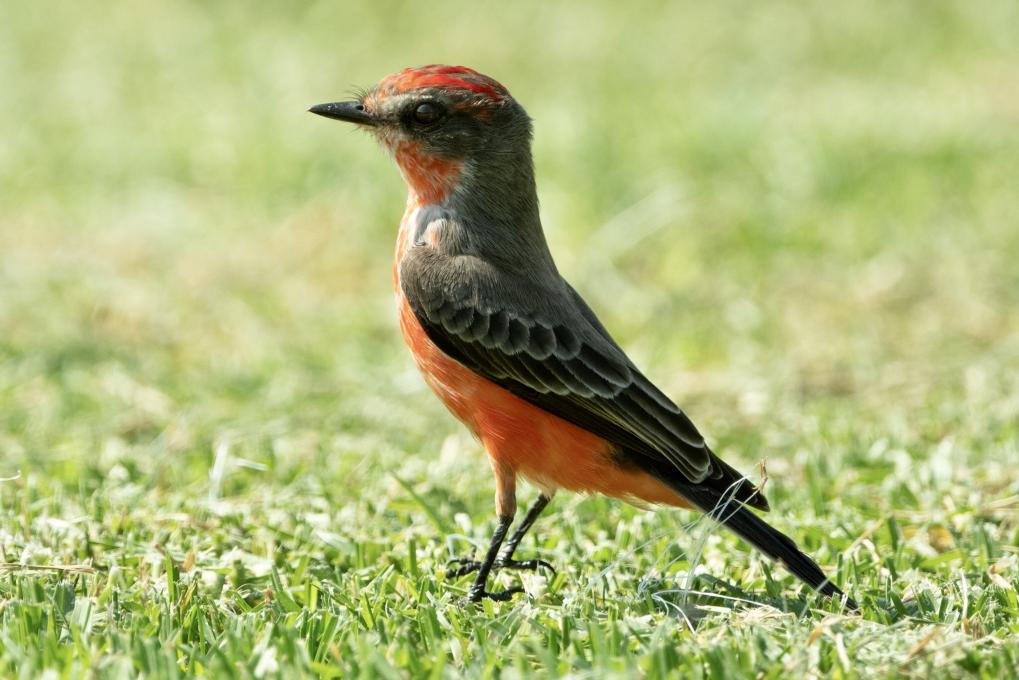 of patience!
of patience! 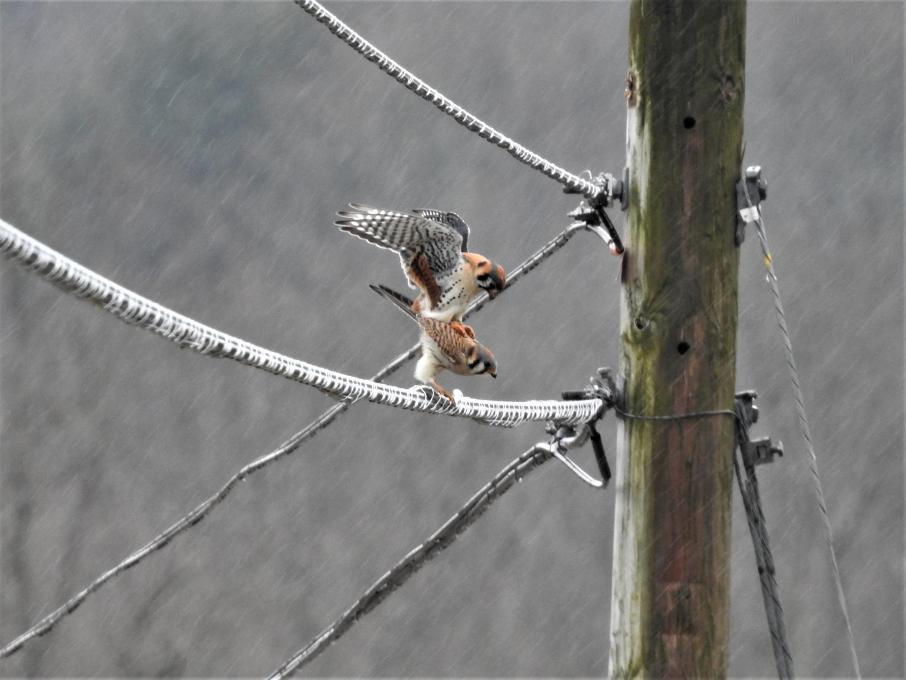
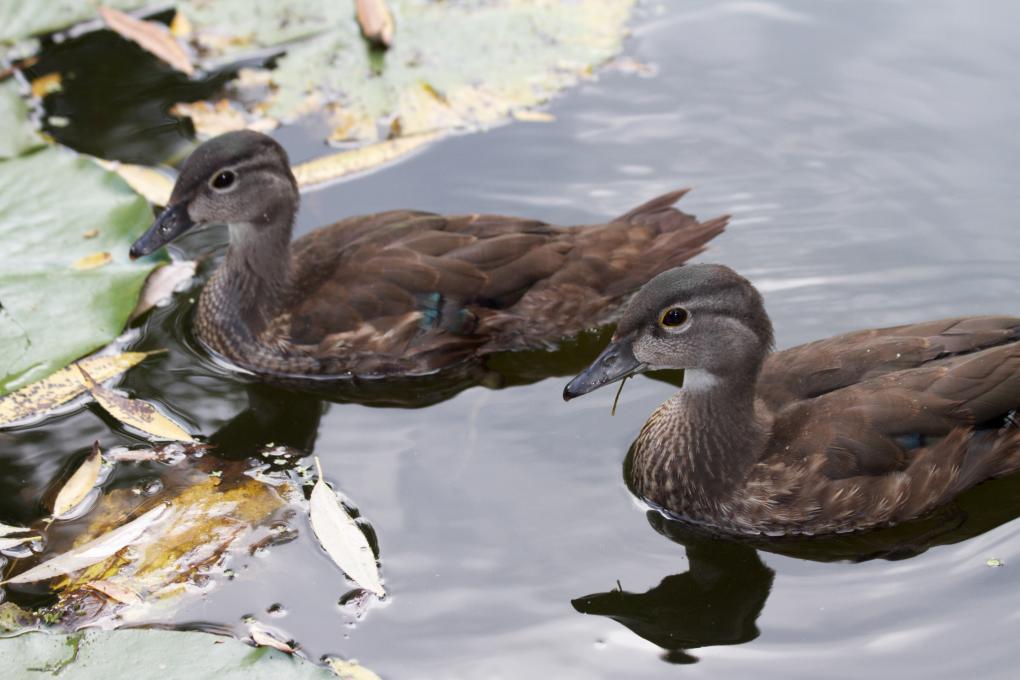
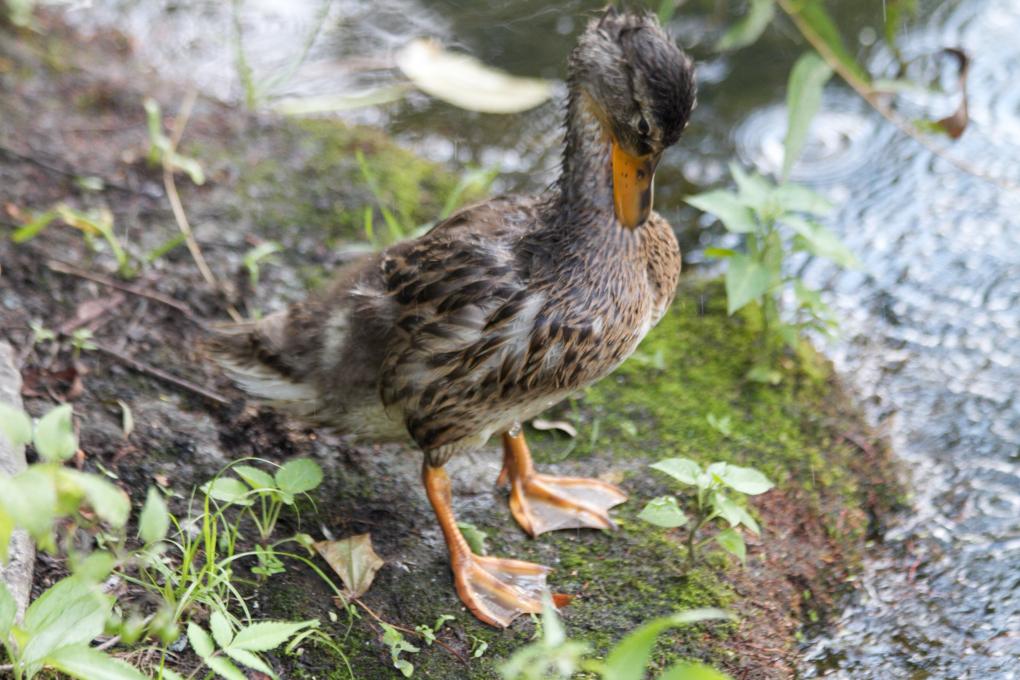
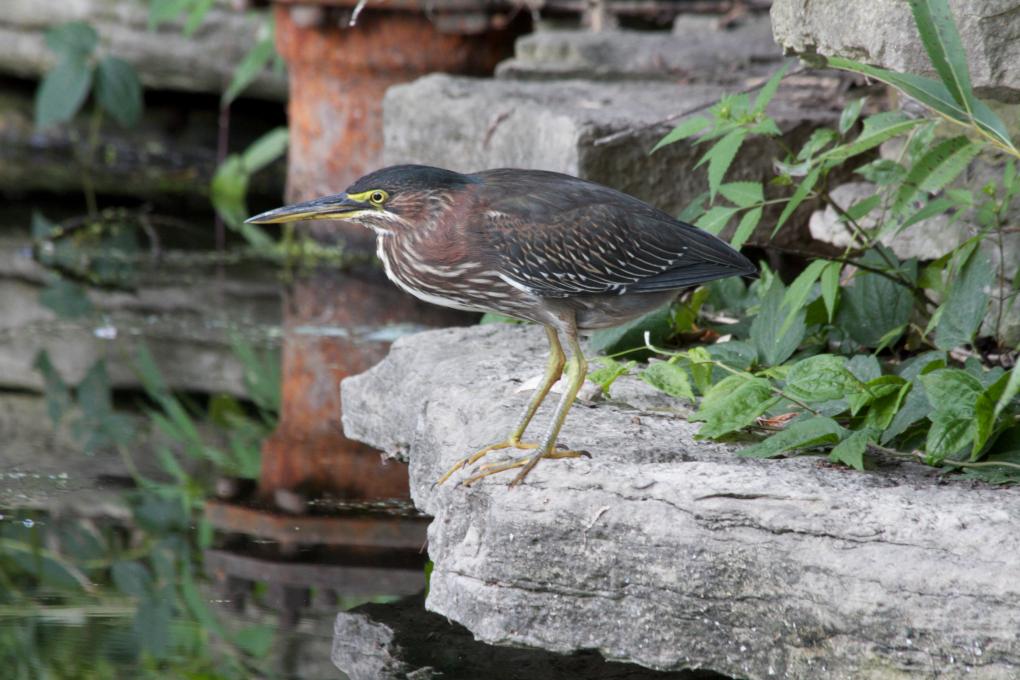
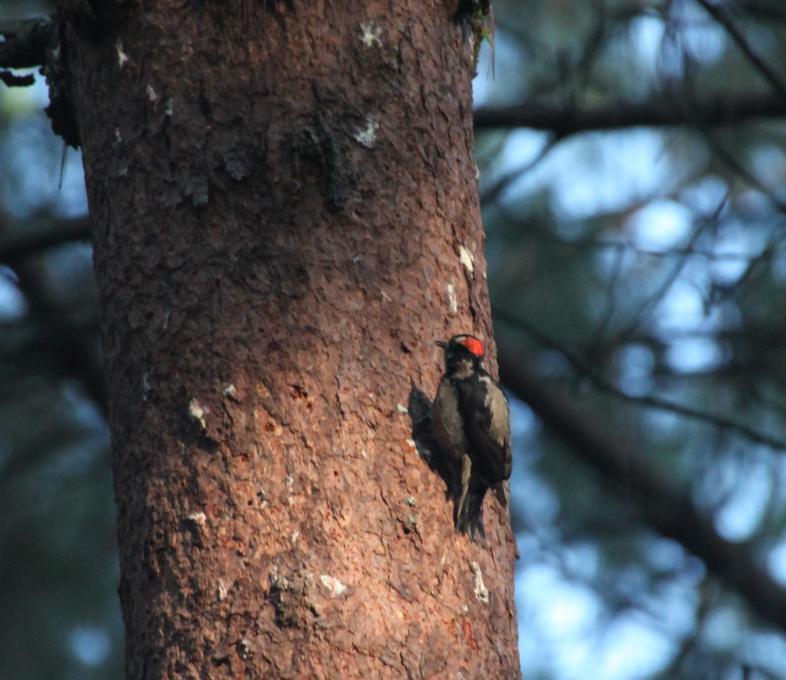
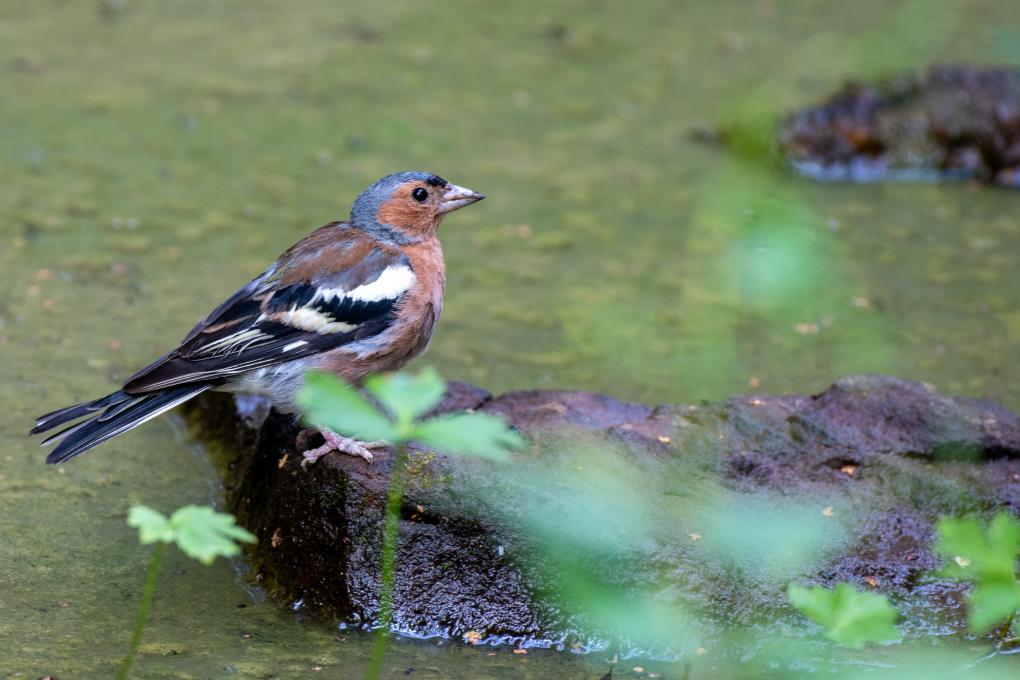
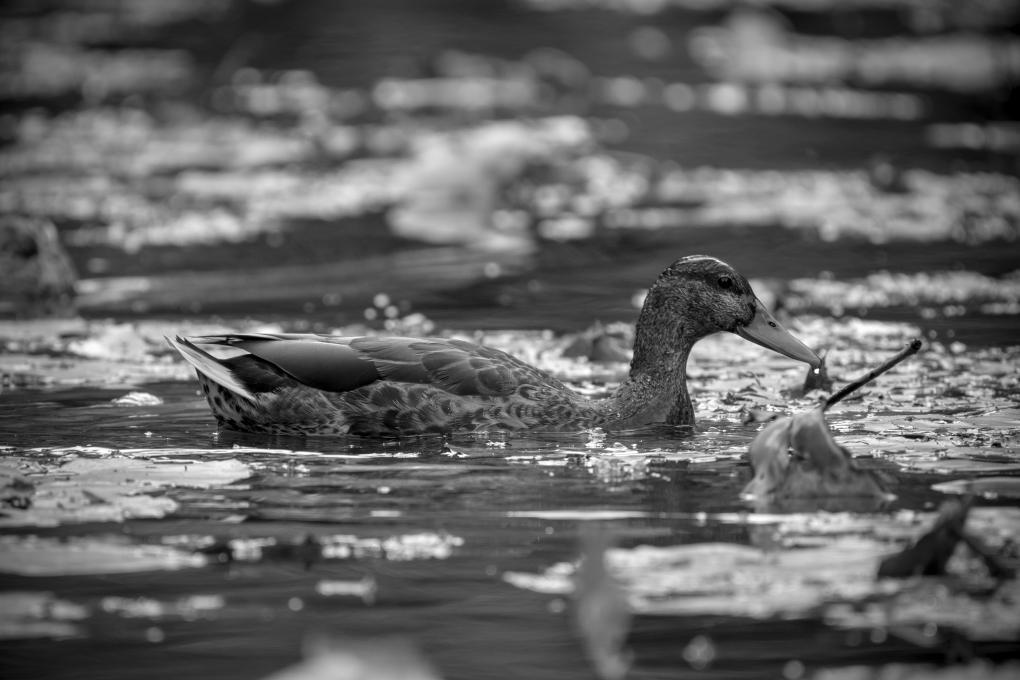
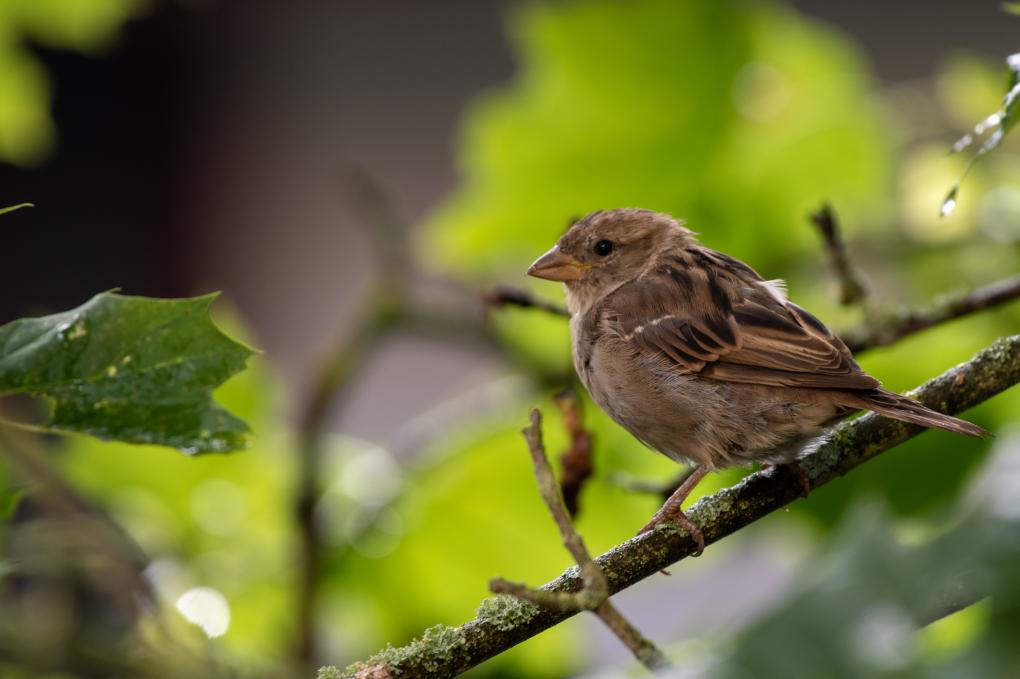
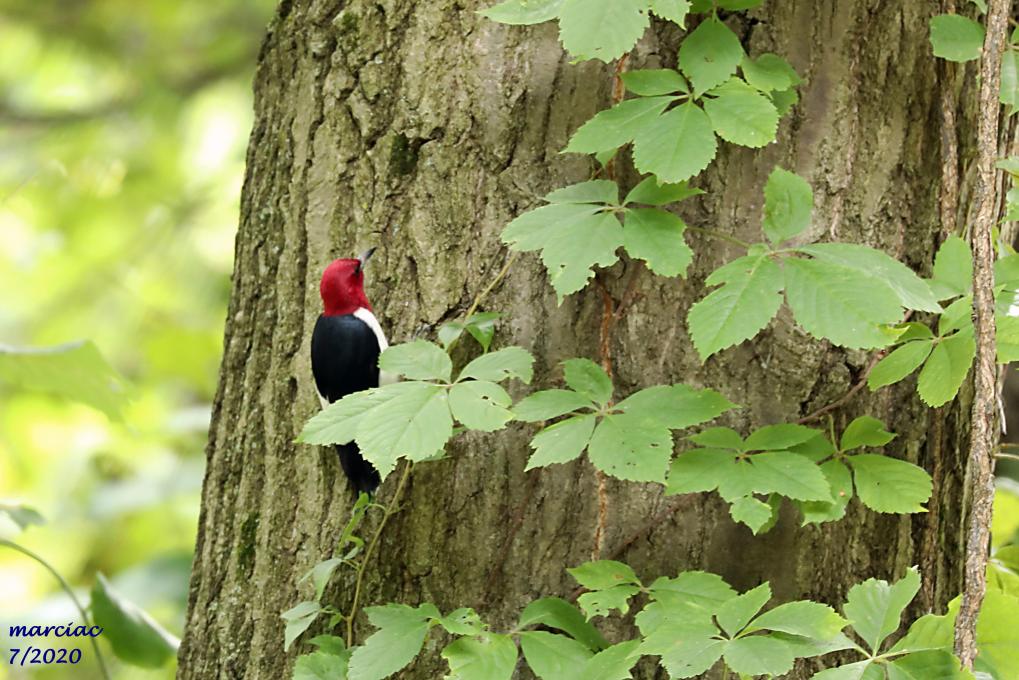
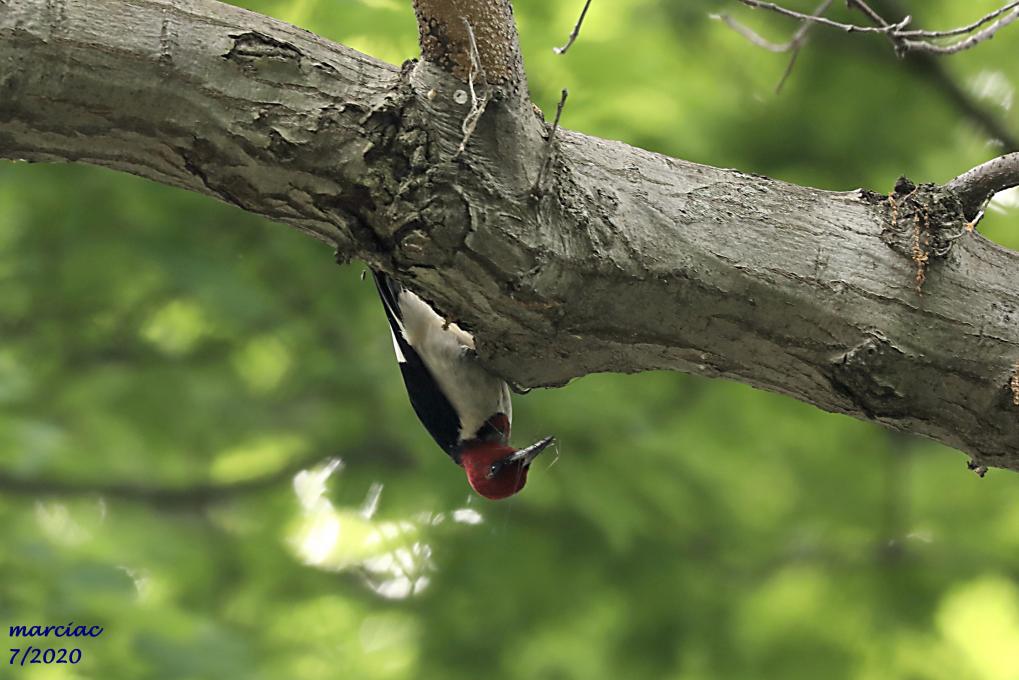
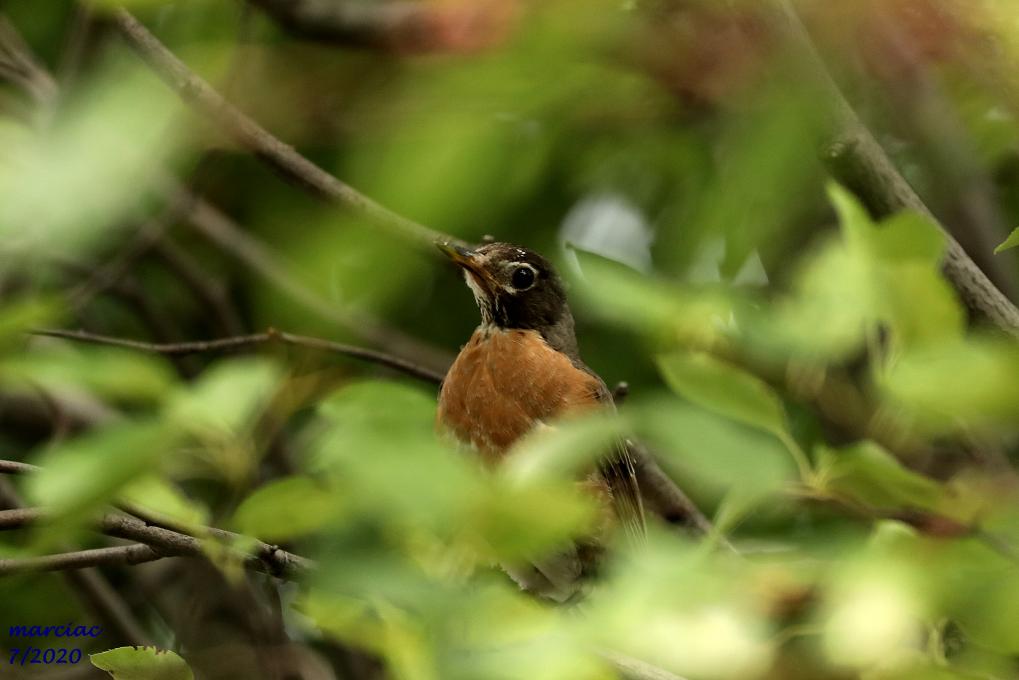
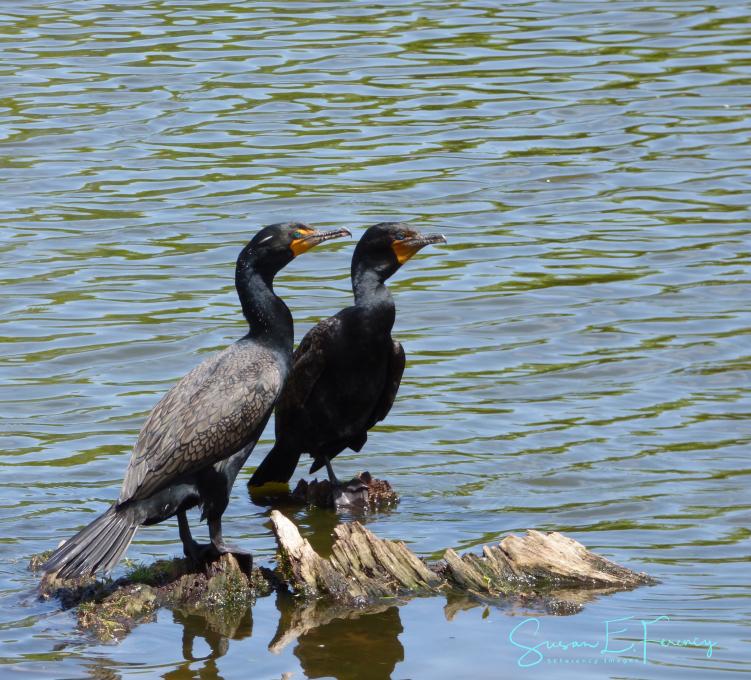
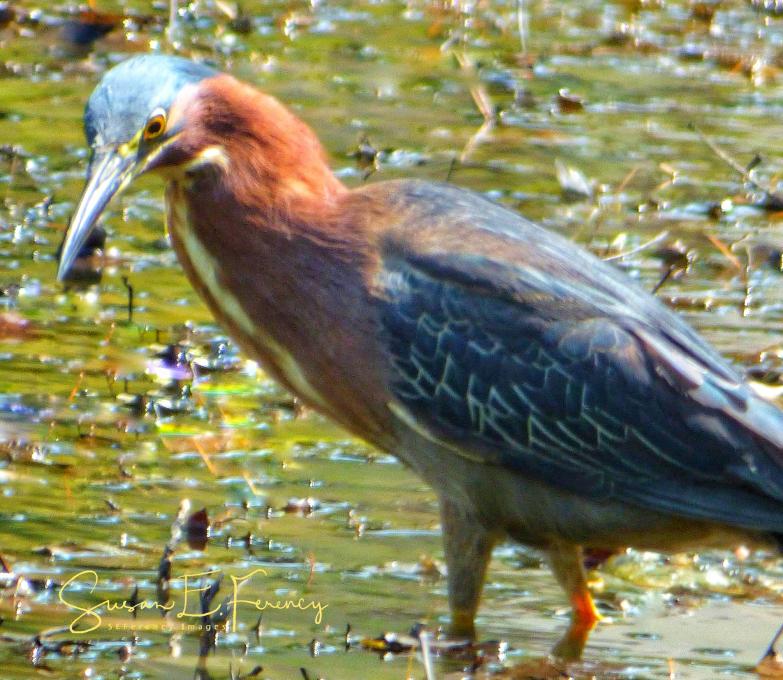
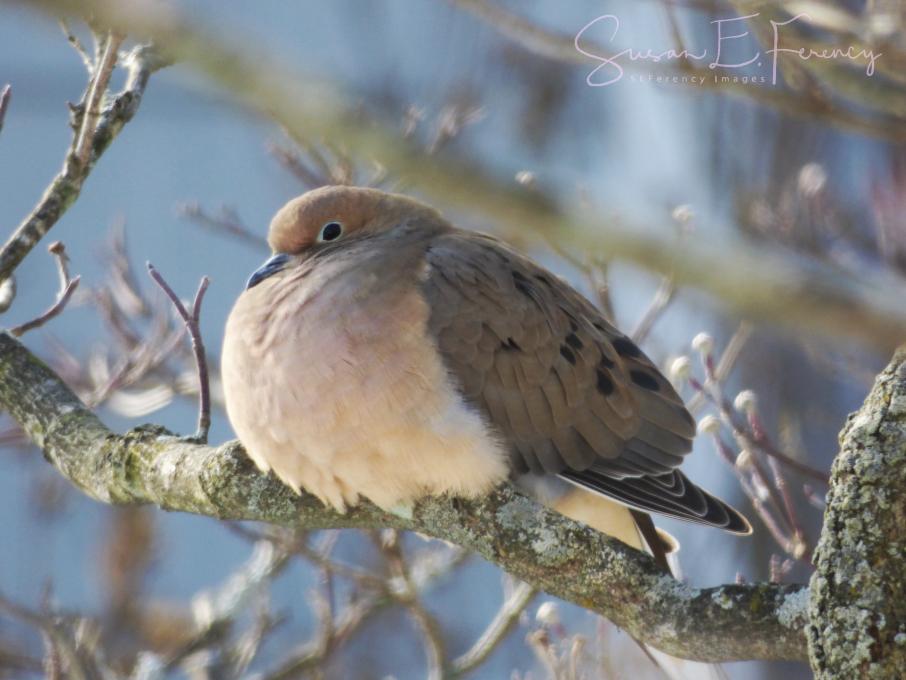
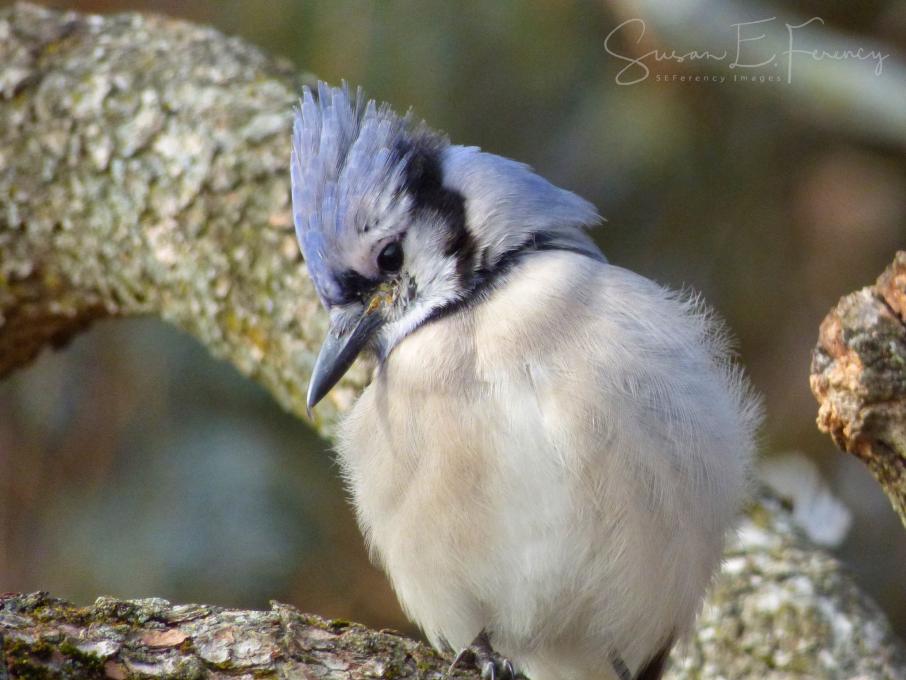
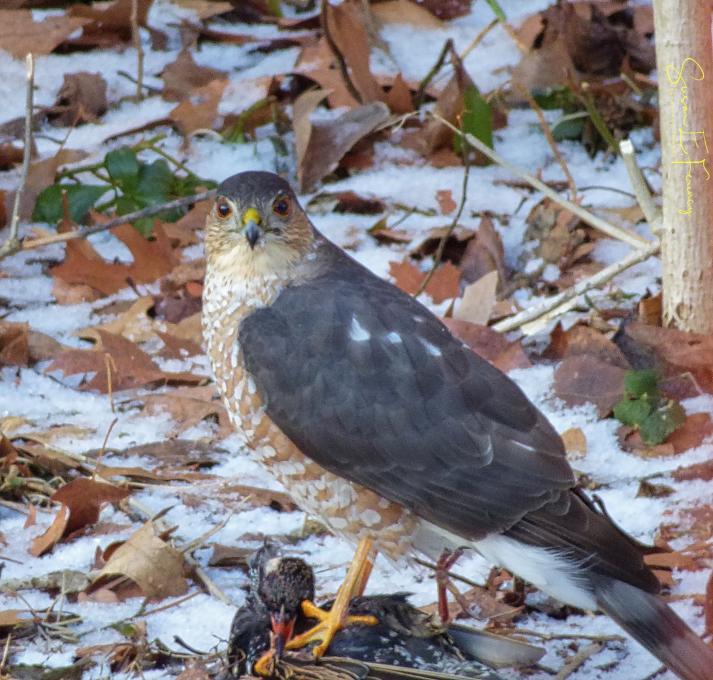
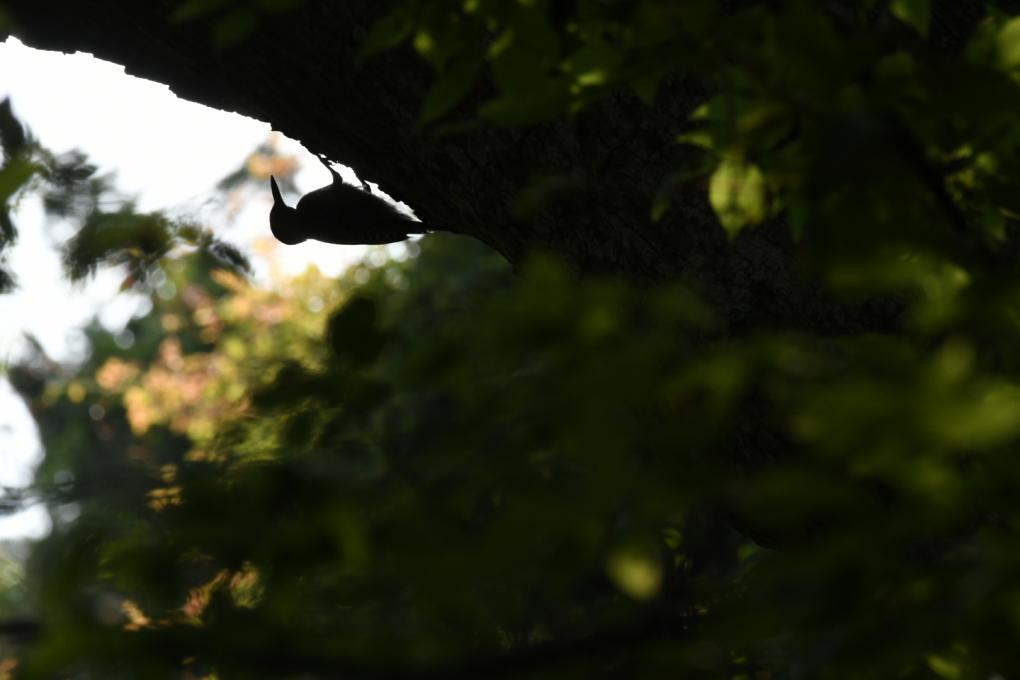
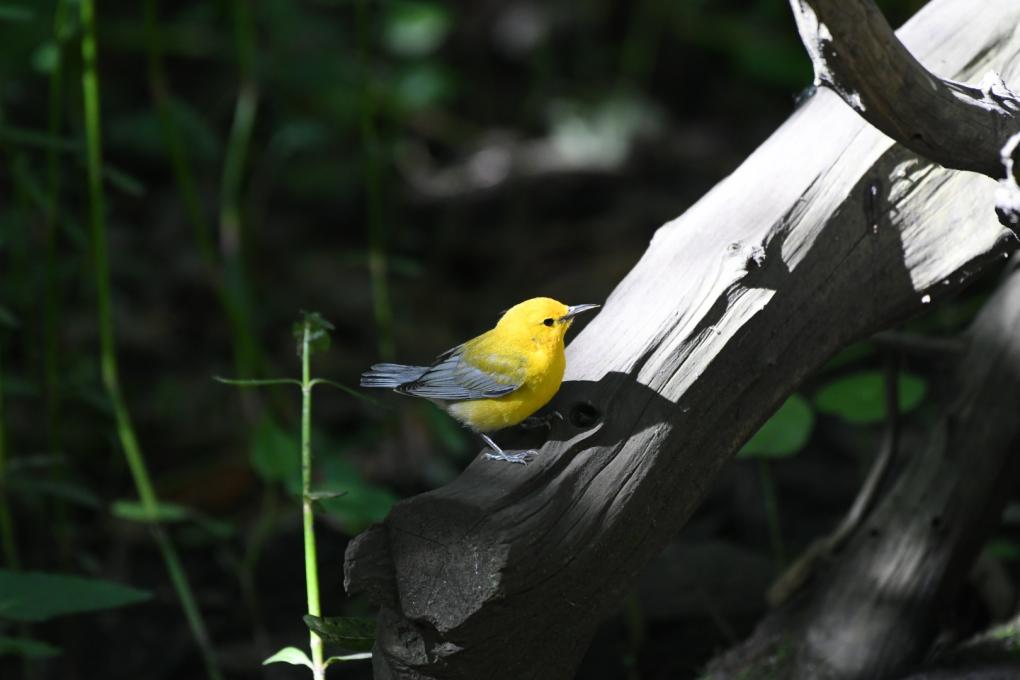
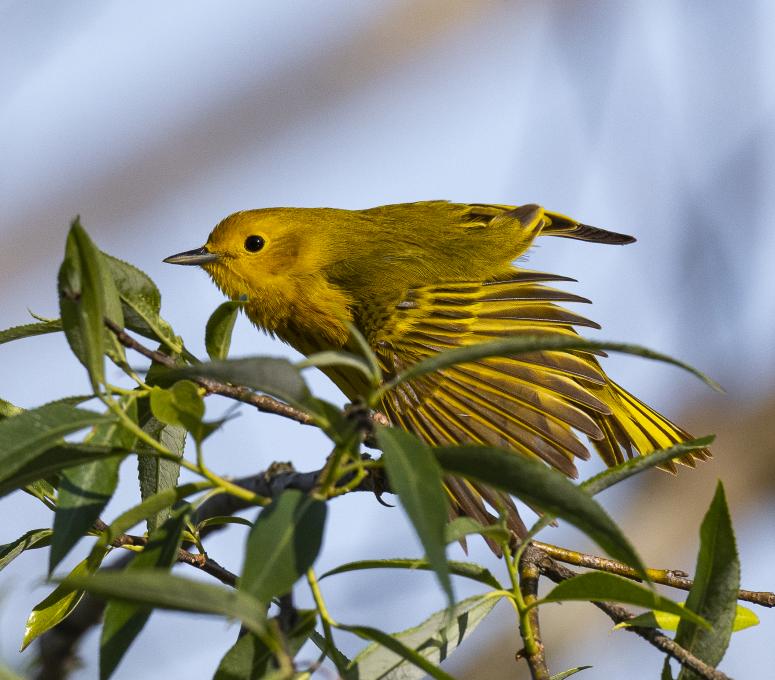
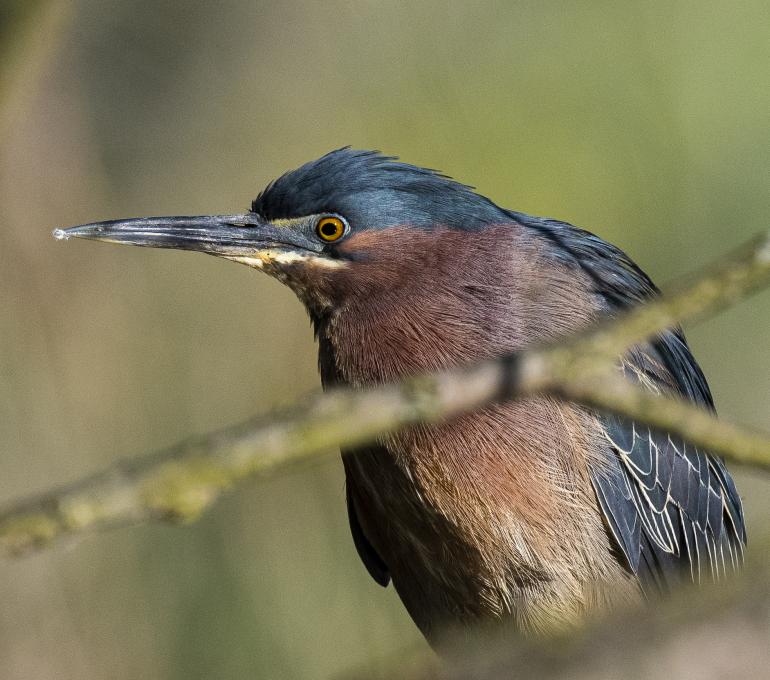

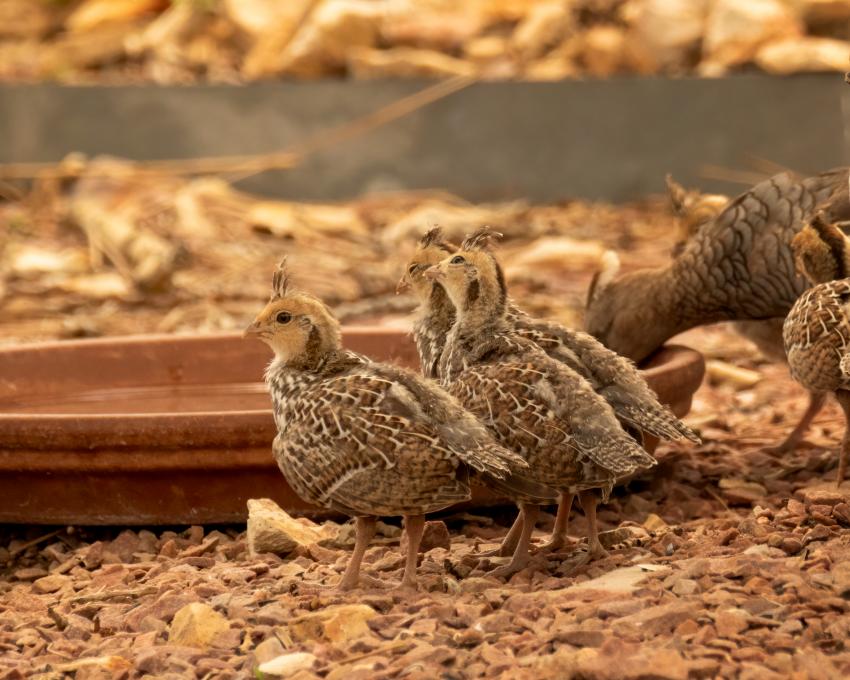
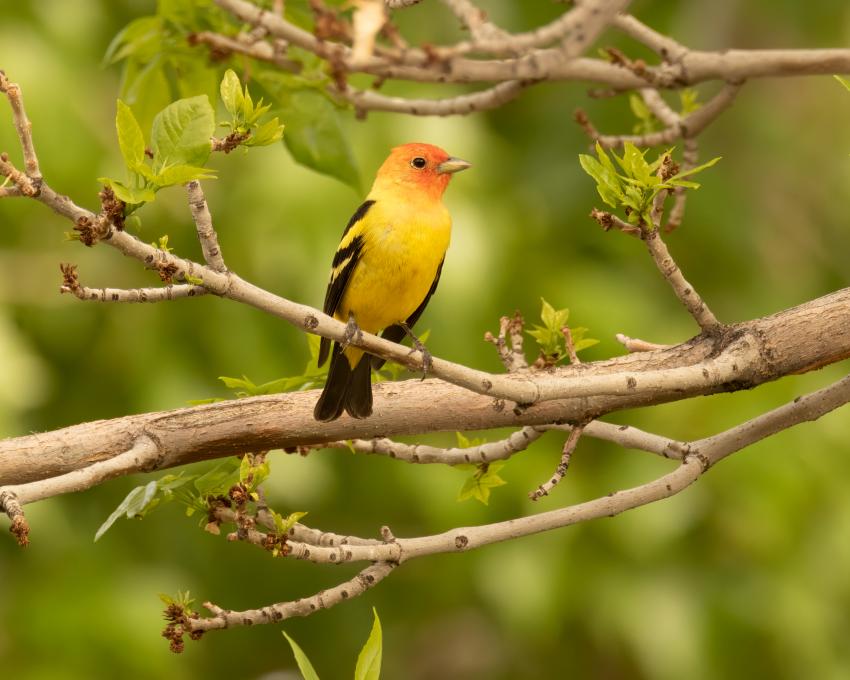 Since the corona virus has kept me and my husband homebound, I made sit spots in my yard. On my backyard patio, I figured a large, plump cushioned patio chair would make a decent blind, with me crouched in a second chair behind it! It worked, as shy Western Tanagers, skittish Bullock's Orioles & cautious Black-headed Grosbeaks -bird species I'd NEVER SEEN BEFORE- didn't seem to notice me there, while bracing my 600mm Tamron lens on the top of the "blind" chair. I discovered all three species in my backyard Ash trees for the first time EVER, in mid-March, so I decided to put up a Oriole jelly feeder. I am elated to say that two different pairs of Bullock's Orioles decided to nest in the Ash, & I make sure their jelly feeder is always full. I now have fledglings, yellow balls of fluff, from one couple, still waiting for arrival of second nestlings, any day now. I learned feeders have made a huge difference getting birds near perches in my trees.
Since the corona virus has kept me and my husband homebound, I made sit spots in my yard. On my backyard patio, I figured a large, plump cushioned patio chair would make a decent blind, with me crouched in a second chair behind it! It worked, as shy Western Tanagers, skittish Bullock's Orioles & cautious Black-headed Grosbeaks -bird species I'd NEVER SEEN BEFORE- didn't seem to notice me there, while bracing my 600mm Tamron lens on the top of the "blind" chair. I discovered all three species in my backyard Ash trees for the first time EVER, in mid-March, so I decided to put up a Oriole jelly feeder. I am elated to say that two different pairs of Bullock's Orioles decided to nest in the Ash, & I make sure their jelly feeder is always full. I now have fledglings, yellow balls of fluff, from one couple, still waiting for arrival of second nestlings, any day now. I learned feeders have made a huge difference getting birds near perches in my trees.